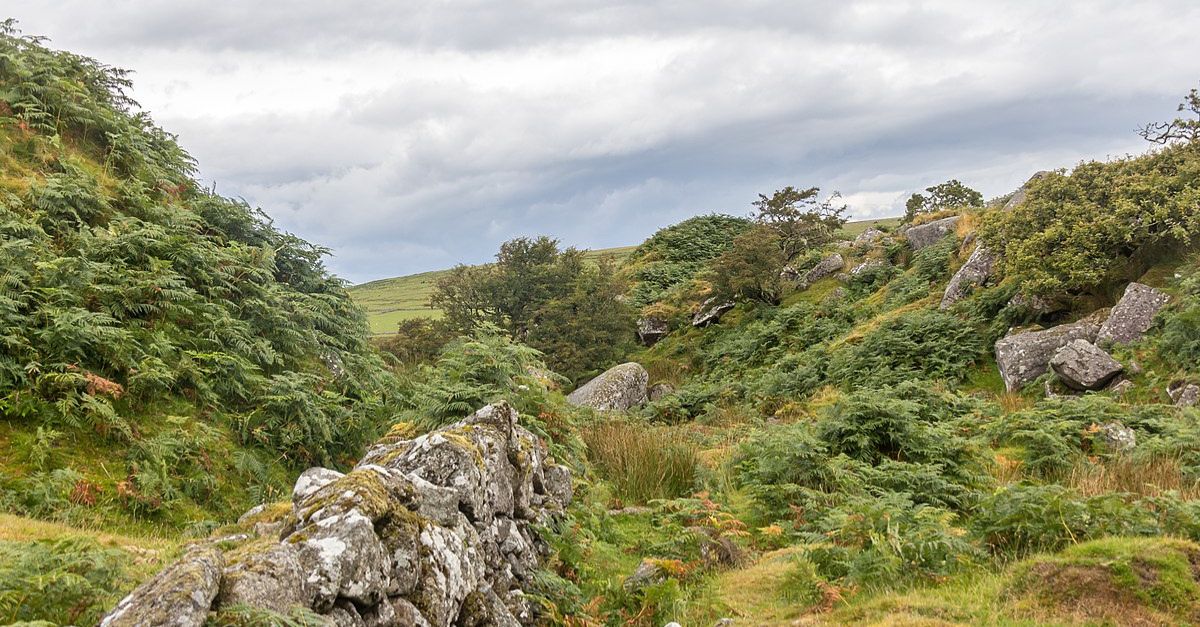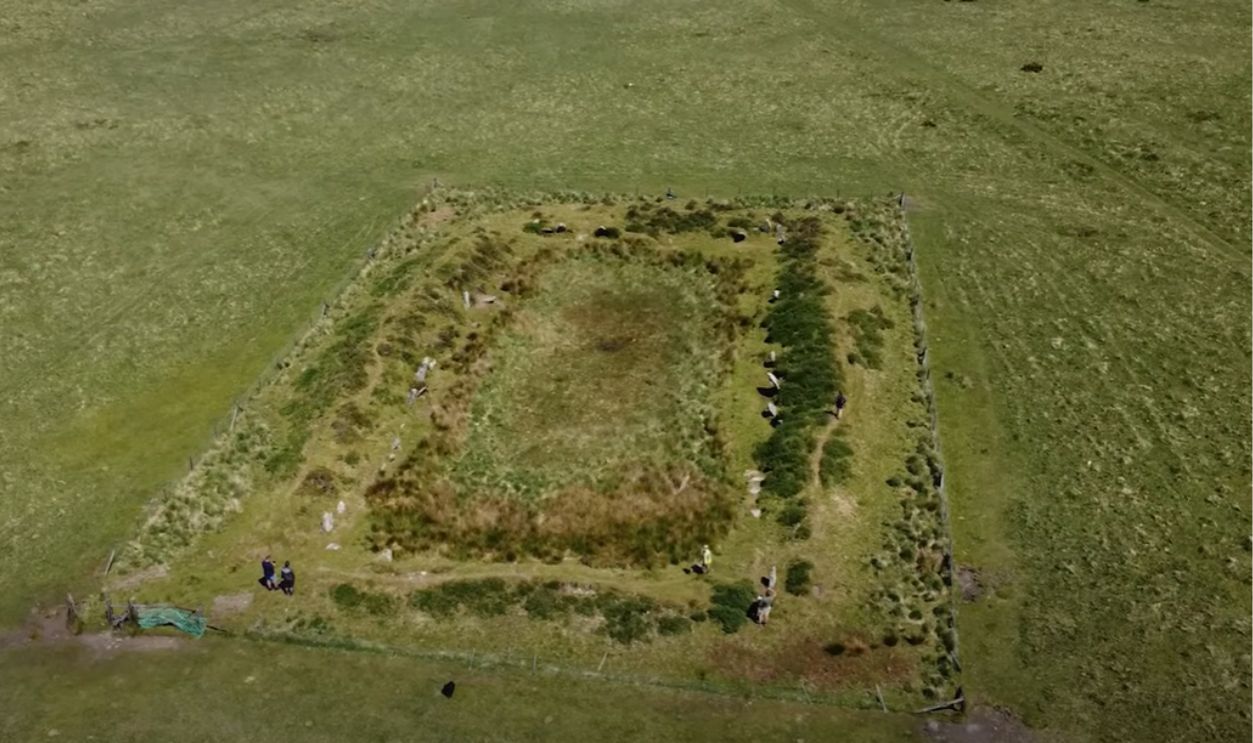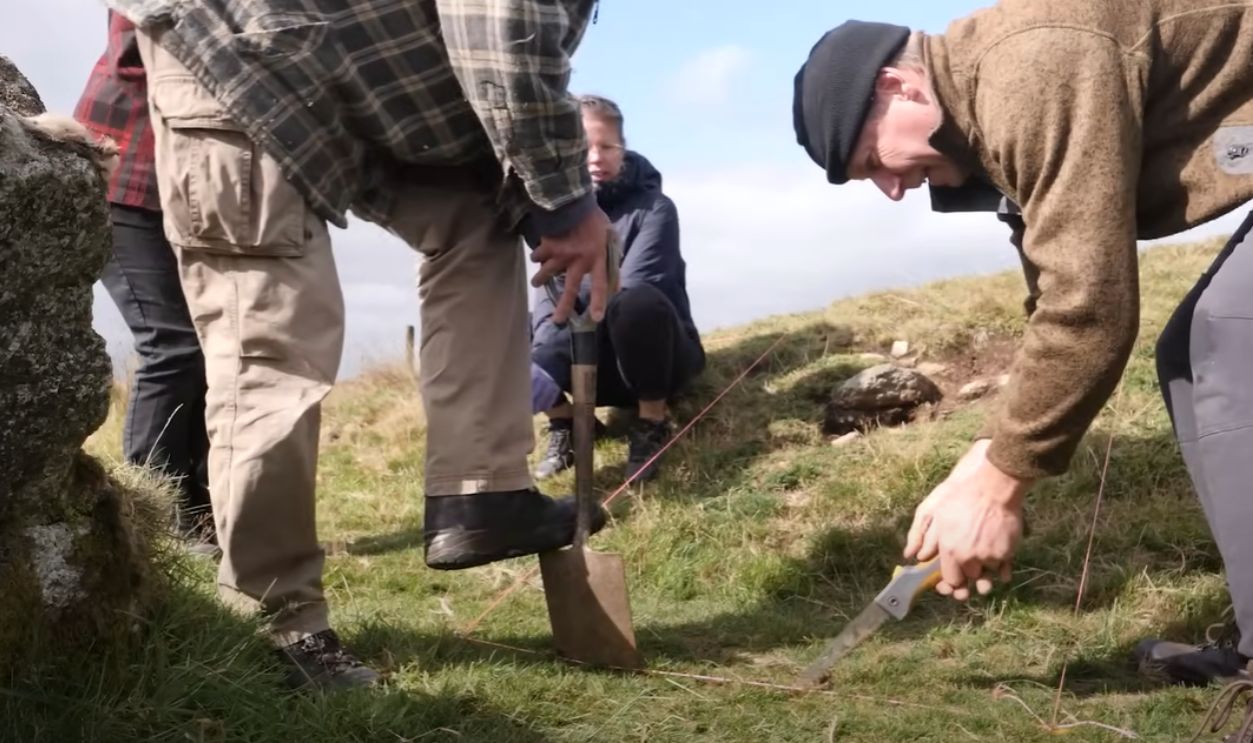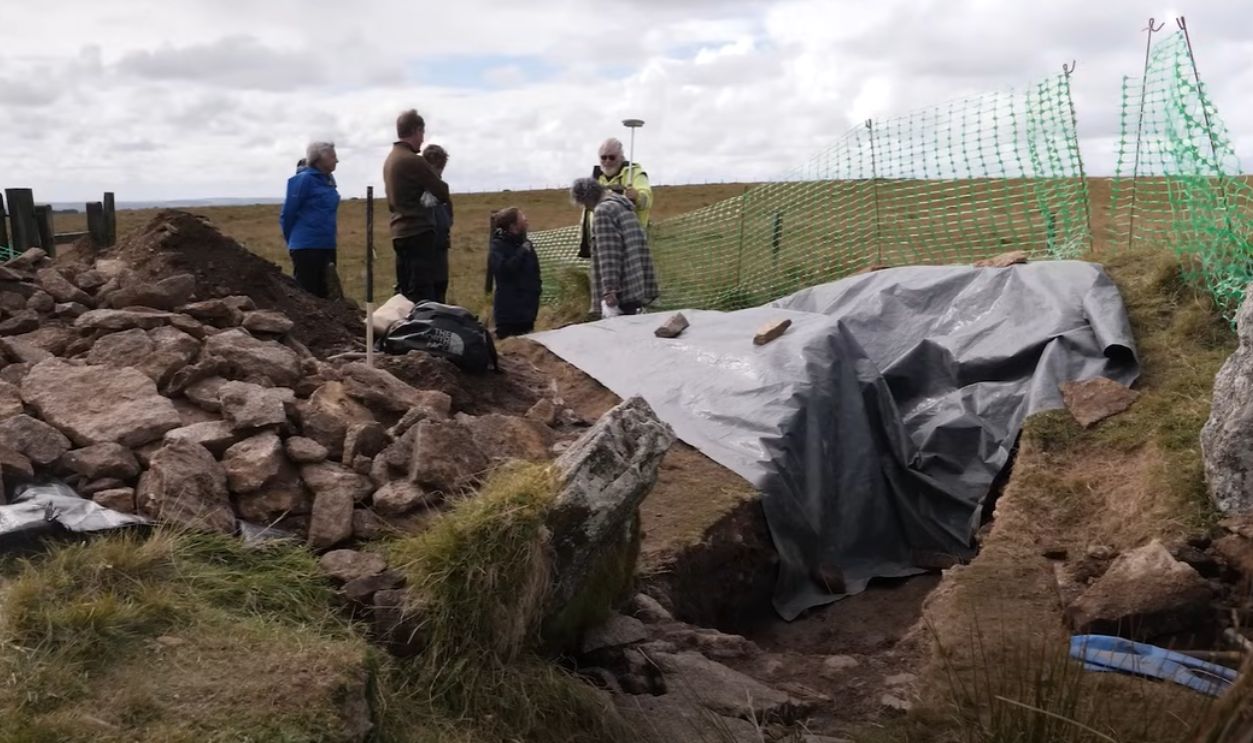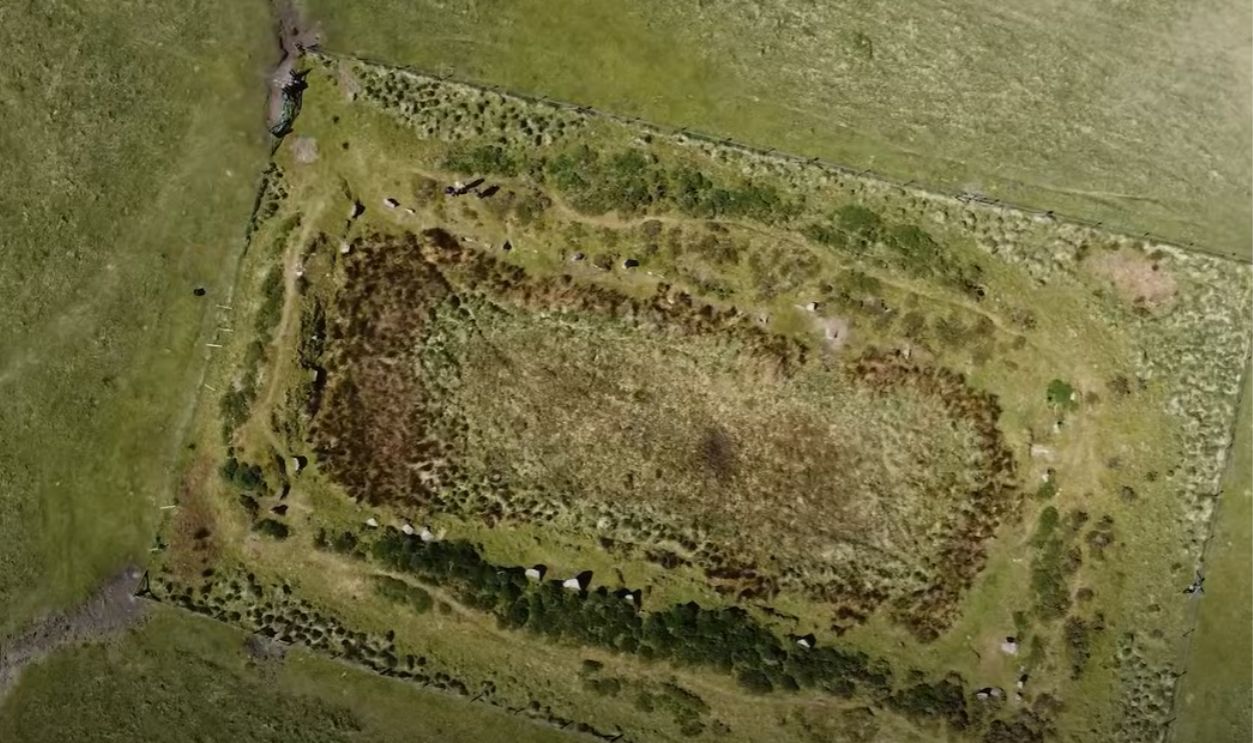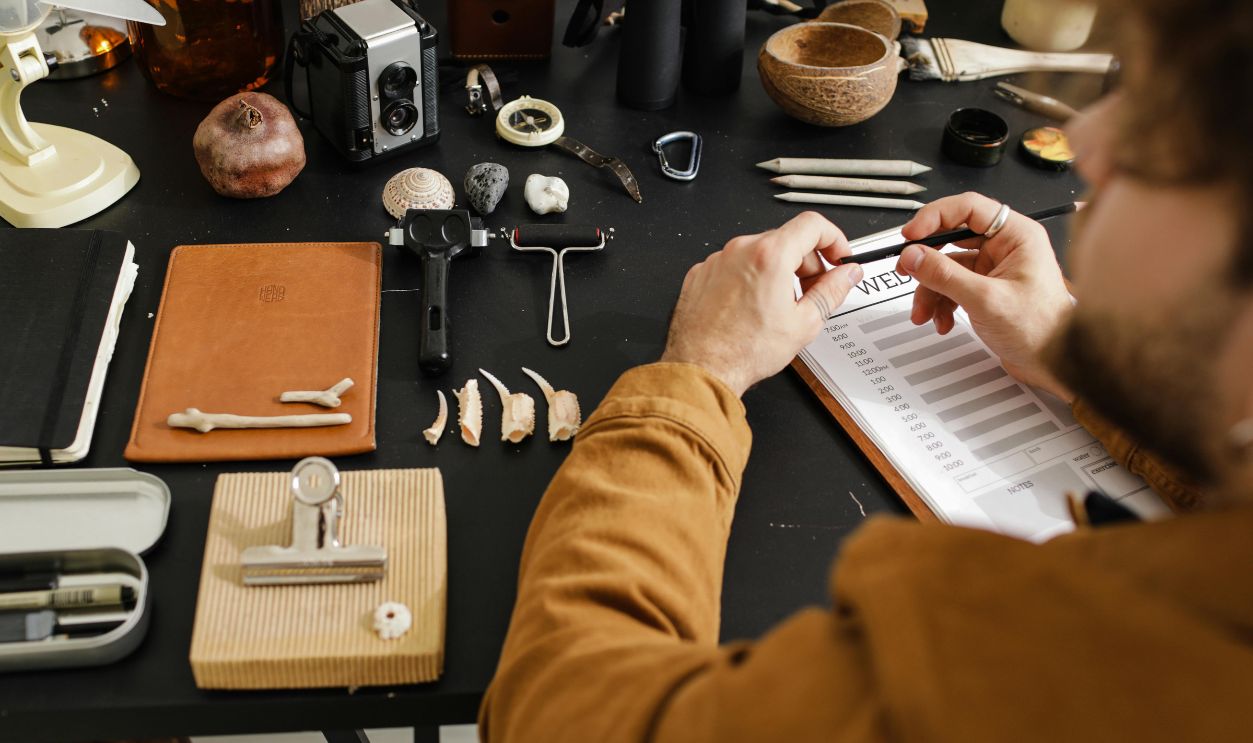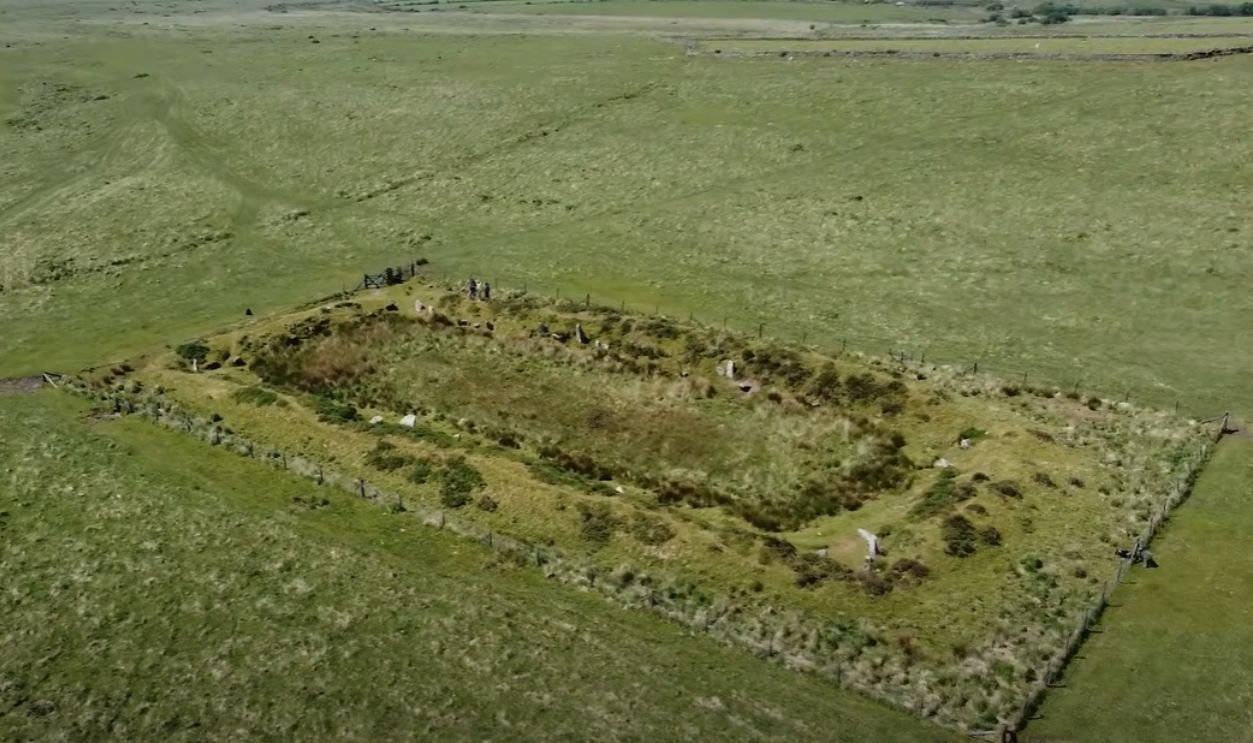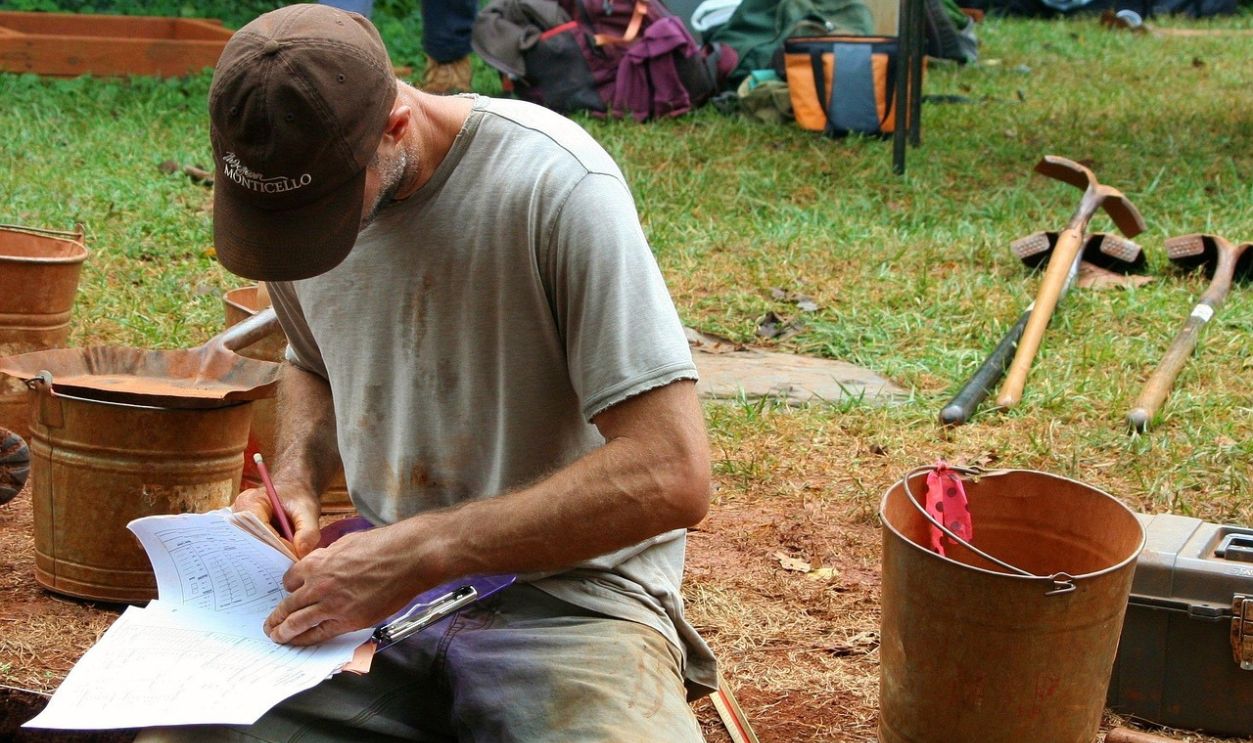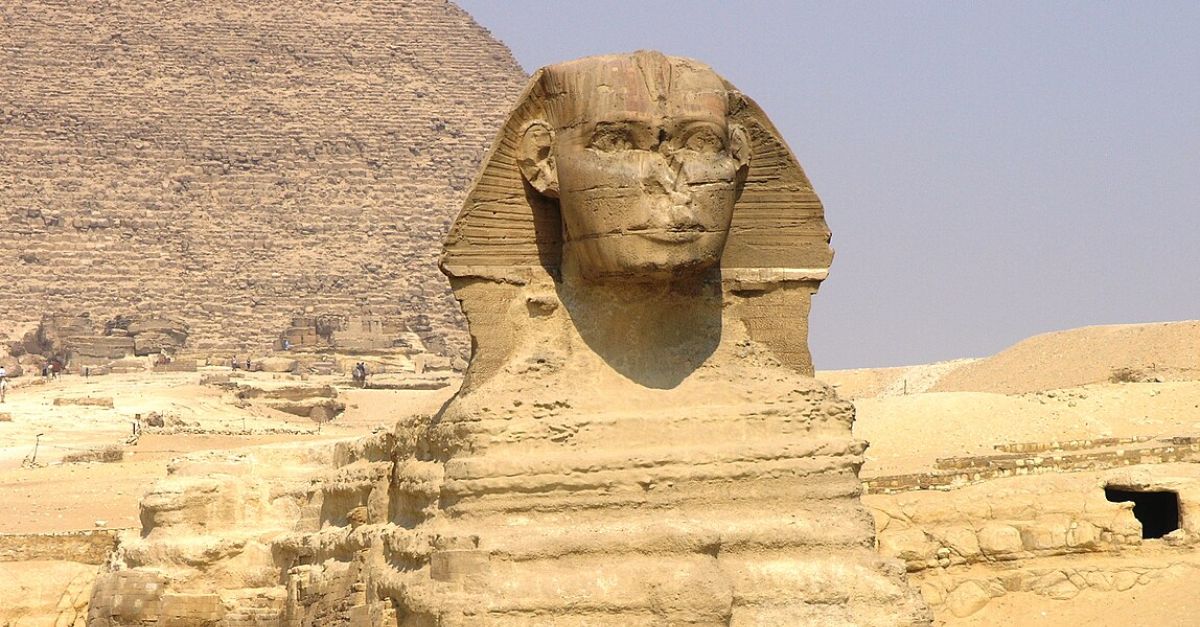The Ancient Truth Behind King Arthur’s Hall
In the heart of Cornwall's Bodmin Moor lies an ancient structure. Known as King Arthur's Hall, this rectangular mound was long thought to be a medieval livestock pen. However, recent archaeological findings have revealed otherwise.

The Enigma Of King Arthur's Hall
On the remote expanse of Bodmin Moor, Cornwall, King Arthur's Hall is a site shrouded in mystery, speculation, and folklore. Recent archaeological findings have redefined our understanding of this rectangular stone and turf enclosure by dating it back to the Neolithic period, around 3000 BC.
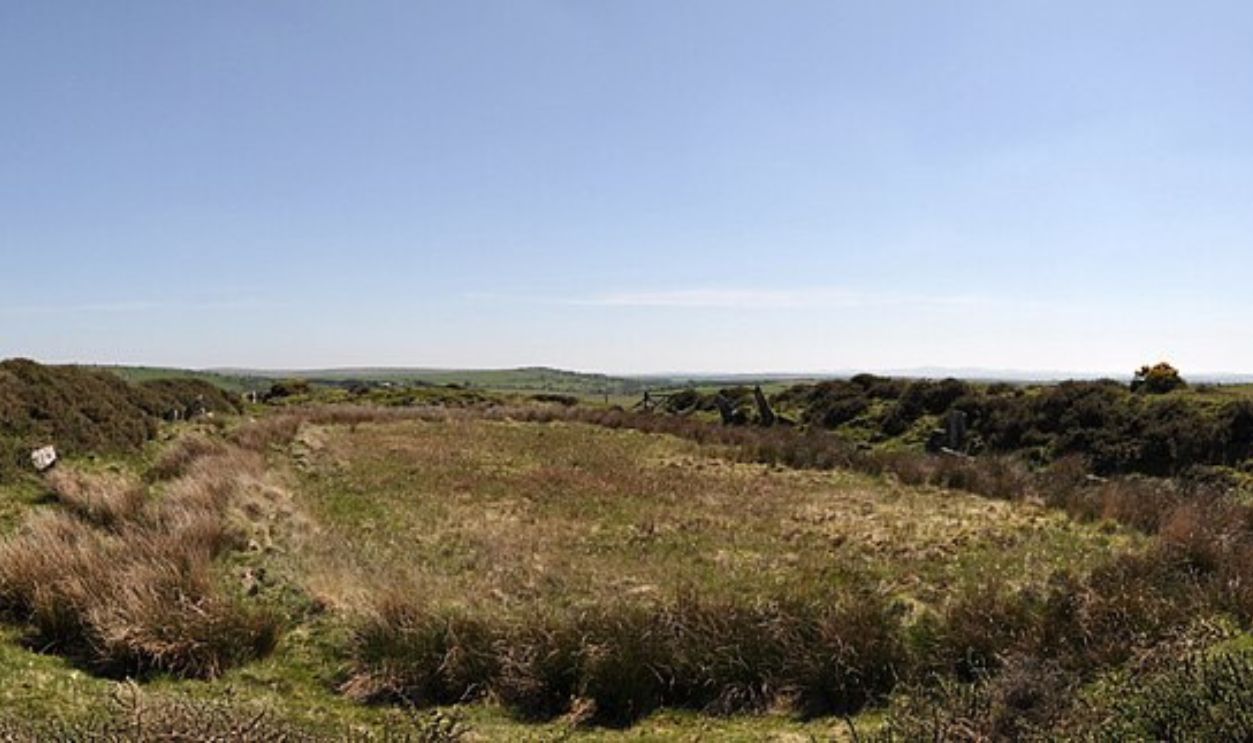 Dietrich Krieger, CC BY-SA 3.0, Wikimedia Commons
Dietrich Krieger, CC BY-SA 3.0, Wikimedia Commons
That Many Were Wrong About
This revelation debunks its previous classification as a medieval livestock pen by shifting the narrative to the distant past. The structure's unique layout—a bank of earth and a setting of 56 earth-covered stones—sets it apart from other Neolithic monuments.
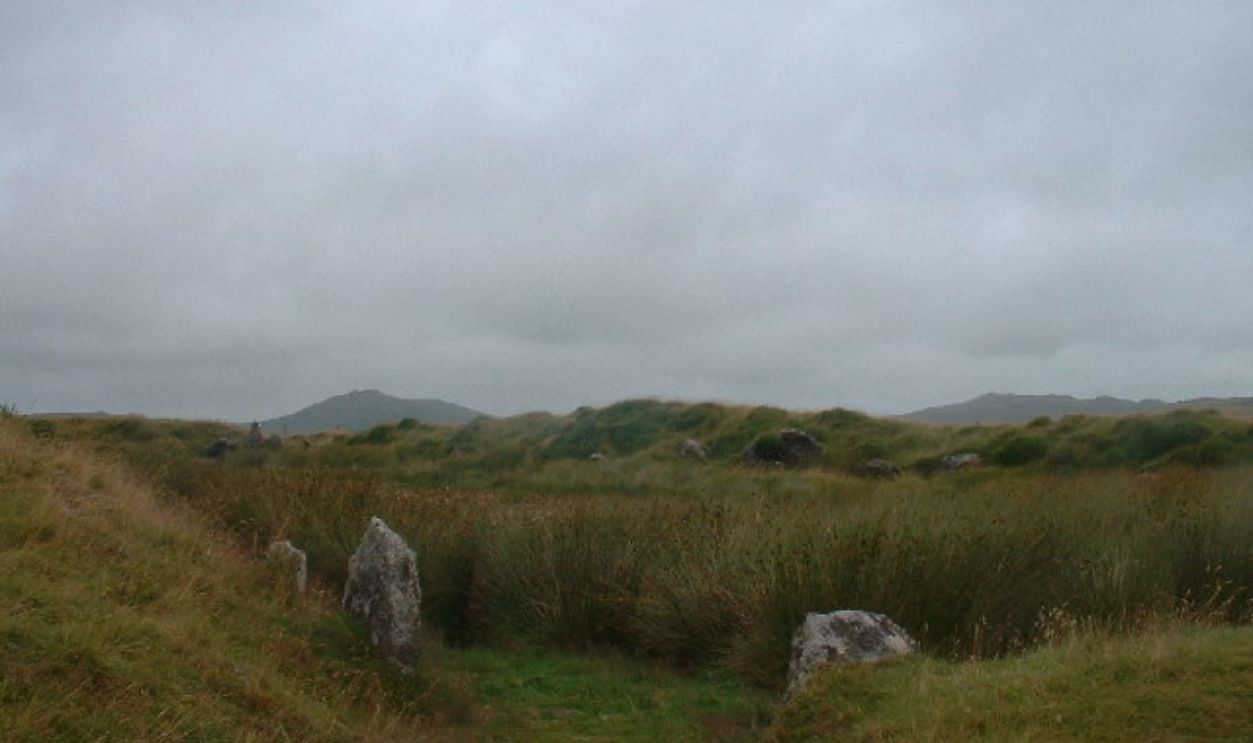 Sheila Russell / King Arthur's Hall, CC BY-SA 2.0, Wikimedia Commons
Sheila Russell / King Arthur's Hall, CC BY-SA 2.0, Wikimedia Commons
And Still Can't Understand
While the original purpose of King Arthur's Hall remains an enigma, experts hypothesize it may have served as a community meeting point or a site of spiritual significance. Its construction likely involved considerable effort and suggests it held great importance for the Neolithic people who built it.
Uncovering The Ancient Roots Of The Cornish Moorlands
The story of King Arthur's Hall is intertwined with the broader history of the Cornish moorlands, a region rich in prehistoric monuments. Bodmin Moor itself is home to ancient stone circles, burial chambers, old artifacts, and standing stones. Among these, King Arthur's Hall stands out due to its enigmatic nature.
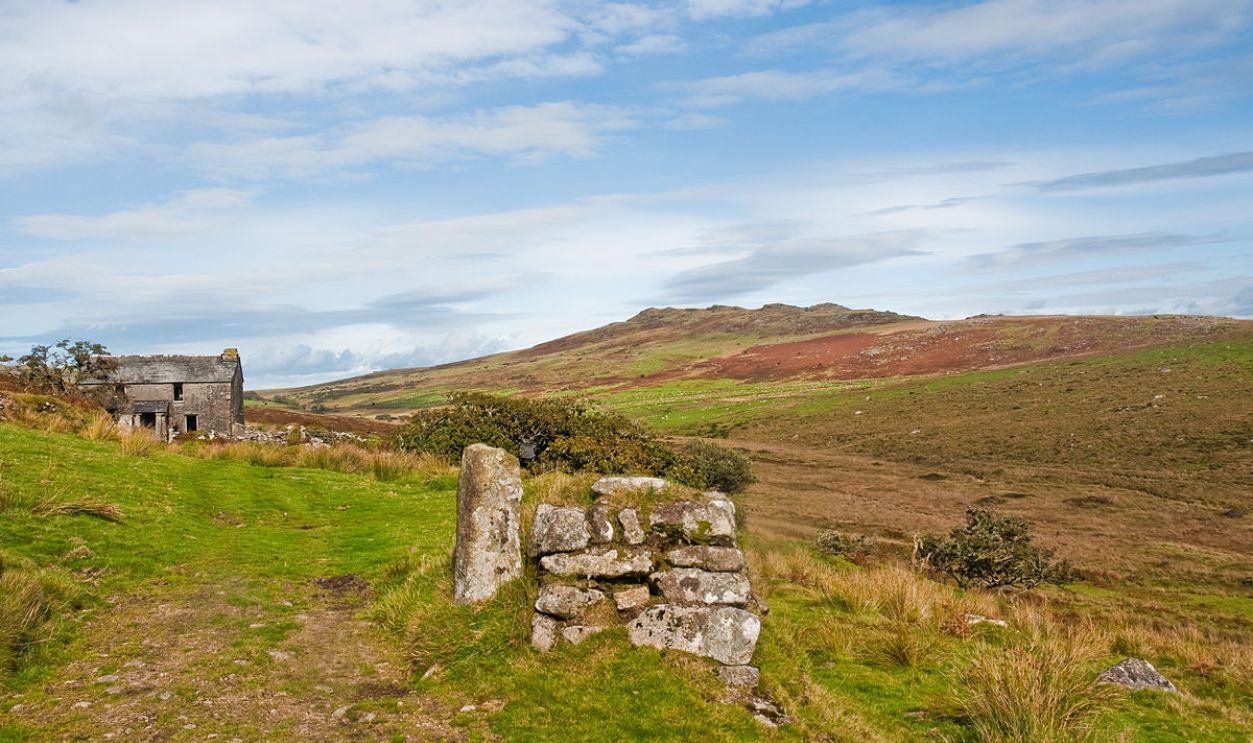 Phillip Capper, CC BY 2.0, Wikimedia Commons
Phillip Capper, CC BY 2.0, Wikimedia Commons
Before History
Archaeologists discovered that the Neolithic period in Britain was marked by a dramatic shift from nomadic hunter-gatherer lifestyles to settled farming communities in a process called the Neolithic Revolution. This transformation led to the construction of monumental structures like King Arthur's Hall, which likely played significant roles in their societies.
Neolithic Mound Misidentified For Millennia
For centuries, King Arthur's Hall was misidentified as a medieval livestock pen. This misclassification obscured its true chronology and cultural significance. It wasn't until a comprehensive investigation by the Cornwall Archaeological Unit, in collaboration with specialists from various universities, that the true age of the site came to light.
With The Truth Finally Revealed
Advanced techniques like optically stimulated luminescence were essential in determining that the site's construction dates back to the Neolithic period, between 5000 and 5500 years ago. This major revelation has necessitated a reinterpretation of the site's historical context.
With An Outstanding Theory
Rather than serving as a mere livestock enclosure, King Arthur's Hall likely held ceremonial importance. It provides important historical evidence and context to the ingenuity and social structures of Britain's Neolithic communities. So, what secrets does it hold?
Shedding Light On A 5,000-Year-Old Monument
Initially believed to have been built around 1000 CE, researchers used radiocarbon dating and optically stimulated luminescence to determine that the buried soil beneath the earth bank was disturbed during construction, confirming the site's origin to around 3000 BC.
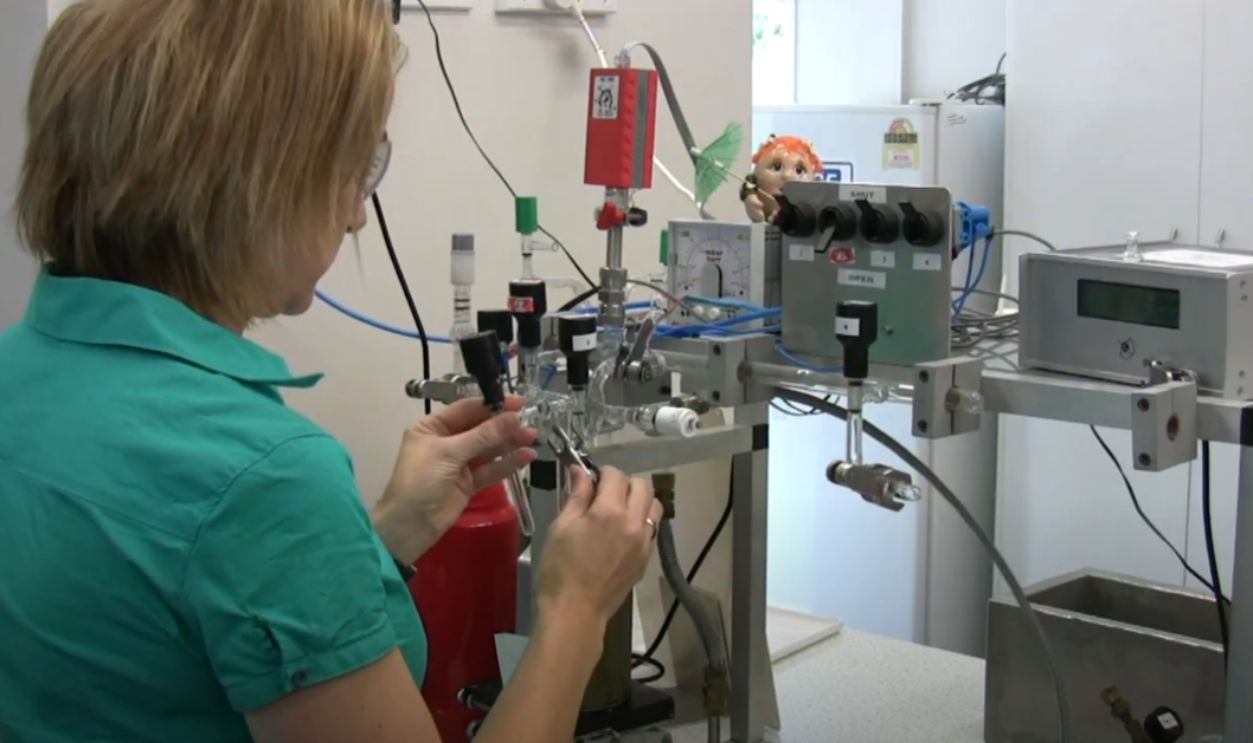 Dating - the Radiocarbon Way by GNS Science
Dating - the Radiocarbon Way by GNS Science
Bodmin Moor's Hidden History
Bodmin Moor, with its windswept expanses and rugged beauty, is a repository of hidden history. Home to various prehistoric sites, including standing stones, cairns, and burial mounds, the moor offers a glimpse into the distant past.
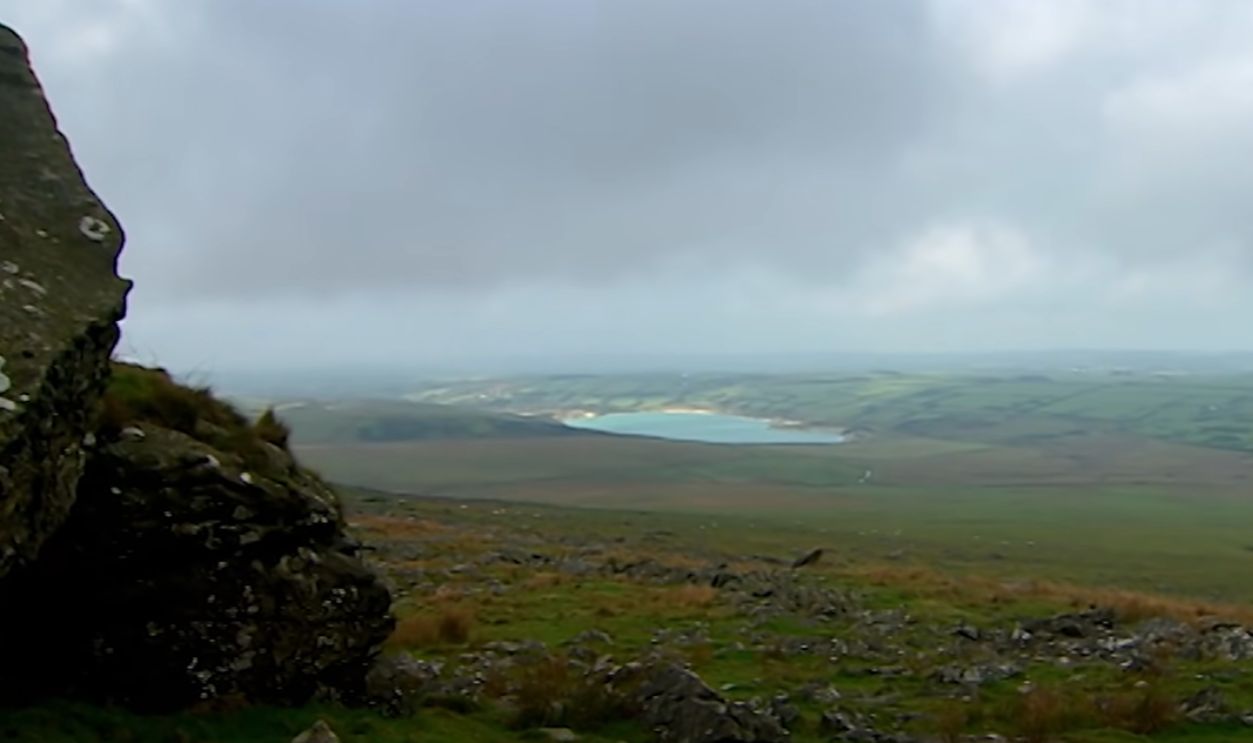 In the Shadow of the Tor (Bodmin Moor) | S14E13 | Time Team by Time Team Classics
In the Shadow of the Tor (Bodmin Moor) | S14E13 | Time Team by Time Team Classics
An Ancient Focal Point
Archaeological evidence from Bodmin Moor suggests it was a significant center of activity during the Neolithic period. Sites like the Hurlers stone circles and Rillaton Barrow indicate the moor was a focal point for ancient communities. Archaeologists study these sites to understand how people lived thousands of years ago.
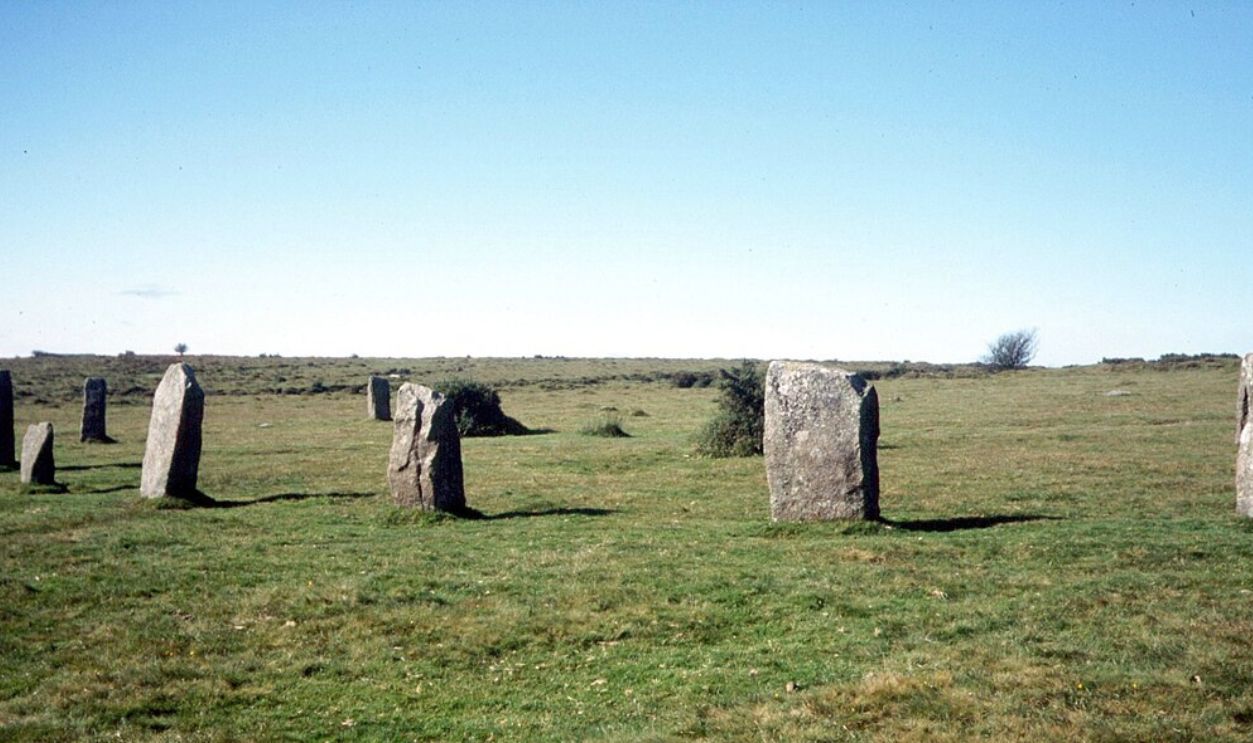 Brudersohn, CC BY-SA 3.0, Wikimedia Commons
Brudersohn, CC BY-SA 3.0, Wikimedia Commons
Unique Neolithic Structure Found
King Arthur's Hall stands out as a unique structure from the Neolithic era with no known parallels. Its rectangular design and earthen banks are unlike any other prehistoric sites of the same period. The hall's walls once stood tall, forming an impressive rectangle, now covered with grass and partially collapsed.
 What is King Arthur's Hall? By Cornwall National Landscape
What is King Arthur's Hall? By Cornwall National Landscape
With Different Theories
Some theories propose it was a ceremonial site or a meeting place for ancient communities. The distinctiveness of the hall makes it a significant find by offering a rare glimpse into the diversity of Neolithic architecture and engineering prowess.
The Orthostasis Of King Arthur's Hall
The orthostats of King Arthur's Hall are another defining feature. These large, upright stones once formed create a striking rectangle. Unfortunately, time has not been kind to these stones; many now lie flat, lean precariously, or are buried beneath the turf.
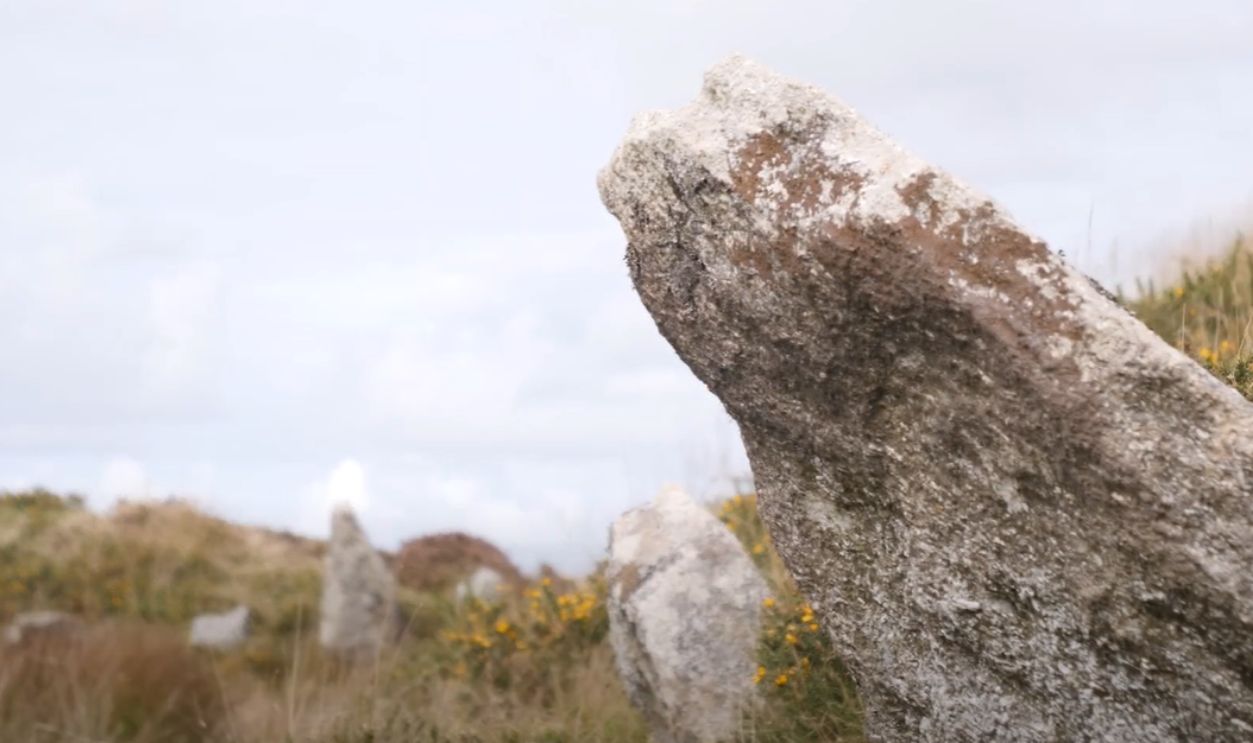 Why is the excavation at King Arthur's Hall important? by Cornwall National Landscape
Why is the excavation at King Arthur's Hall important? by Cornwall National Landscape
And What They Represent
Orthostats in Neolithic construction often held symbolic or functional importance. At King Arthur's Hall, the orthostats could have delineated a sacred space or marked a significant boundary within the site. The precise alignment and placement of these stones indicate a high level of planning and communal effort.
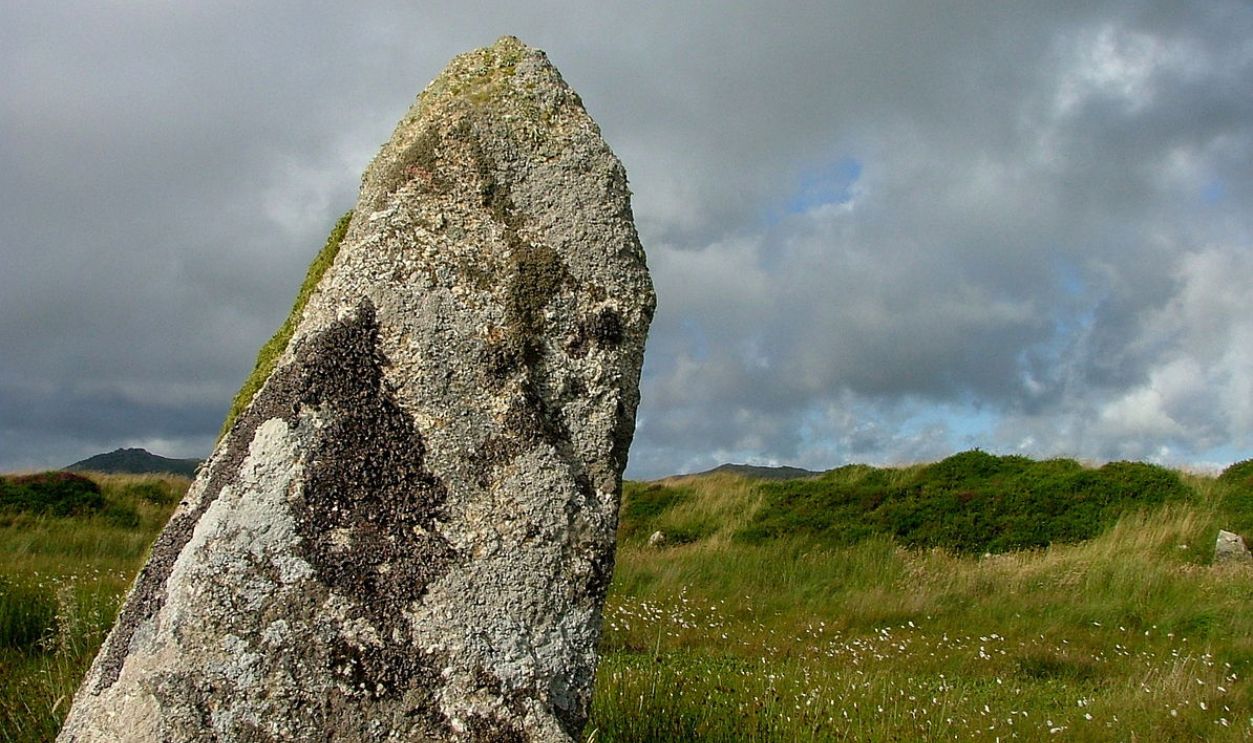 Theroadislong, Wikimedia Commons
Theroadislong, Wikimedia Commons
New Findings From Recent Excavations
Recent excavations at King Arthur's Hall have breathed new life into our understanding of this ancient monument. A pivotal excavation took place in September 2022, led by the Cornwall Archaeological Unit, with assistance from volunteers and specialists from multiple universities.
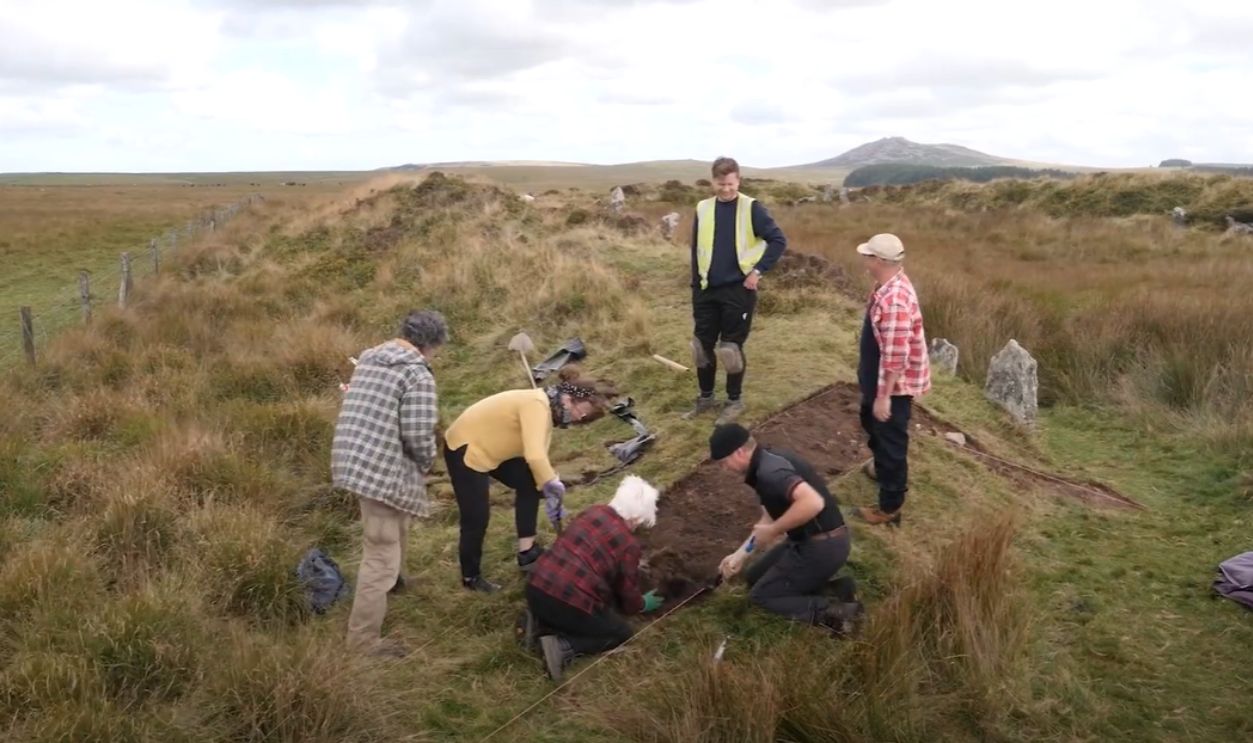 Why is the excavation at King Arthur's Hall important? by Cornwall National Landscape
Why is the excavation at King Arthur's Hall important? by Cornwall National Landscape
What Did The Team Find?
The team meticulously excavated a small trench near the site's entrance to gather samples for radiocarbon dating and other analytical techniques. Careful study showed that the site dates back to 3000 BCE, and this major breakthrough has been heralded as one of the most significant archaeological discoveries in recent years.
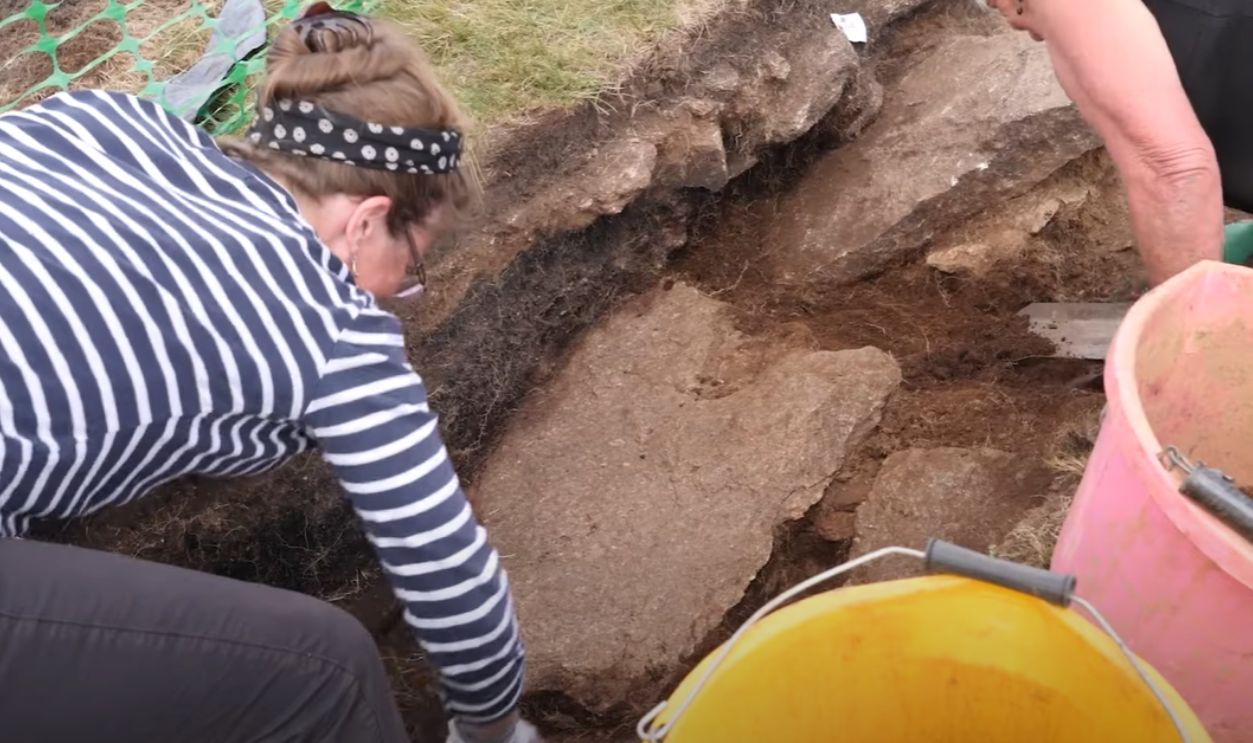 What is King Arthur's Hall? by Cornwall National Landscape
What is King Arthur's Hall? by Cornwall National Landscape
Part Of Medieval Myths
For centuries, King Arthur's Hall was entangled in medieval myths. Its connection to the legendary King Arthur lent it a mythical status that obscured its true historical origins. Medieval narratives often attributed other sites to King Arthur to reflect the power and mystery associated with his name.
 Charles Ernest Butler, Wikimedia Commons
Charles Ernest Butler, Wikimedia Commons
The Shift From Livestock Pen To Sacred Site
Rather than serving a purely functional role, the structure likely had ceremonial or spiritual significance. Its unique rectangular design, in contrast to the more common circular Neolithic structures, suggests it may have been a gathering place.
 What is King Arthur's Hall? by Cornwall National Landscape
What is King Arthur's Hall? by Cornwall National Landscape
Illuminating Ancient Past
Radiocarbon dating detects the decay of carbon-14 in organic materials to provide an estimate of the age of artifacts and structures. In the case of King Arthur's Hall, radiocarbon dating of organic samples showed that the site dates back to the Neolithic period.
 Dating - the Radiocarbon Way by GNS Science
Dating - the Radiocarbon Way by GNS Science
To Reveal More Secrets
By pinpointing a more accurate timeline, researchers have been able to place King Arthur's Hall within the broader context of Neolithic Britain. They can now peel back the layers of time and shed light on ancient civilizations.
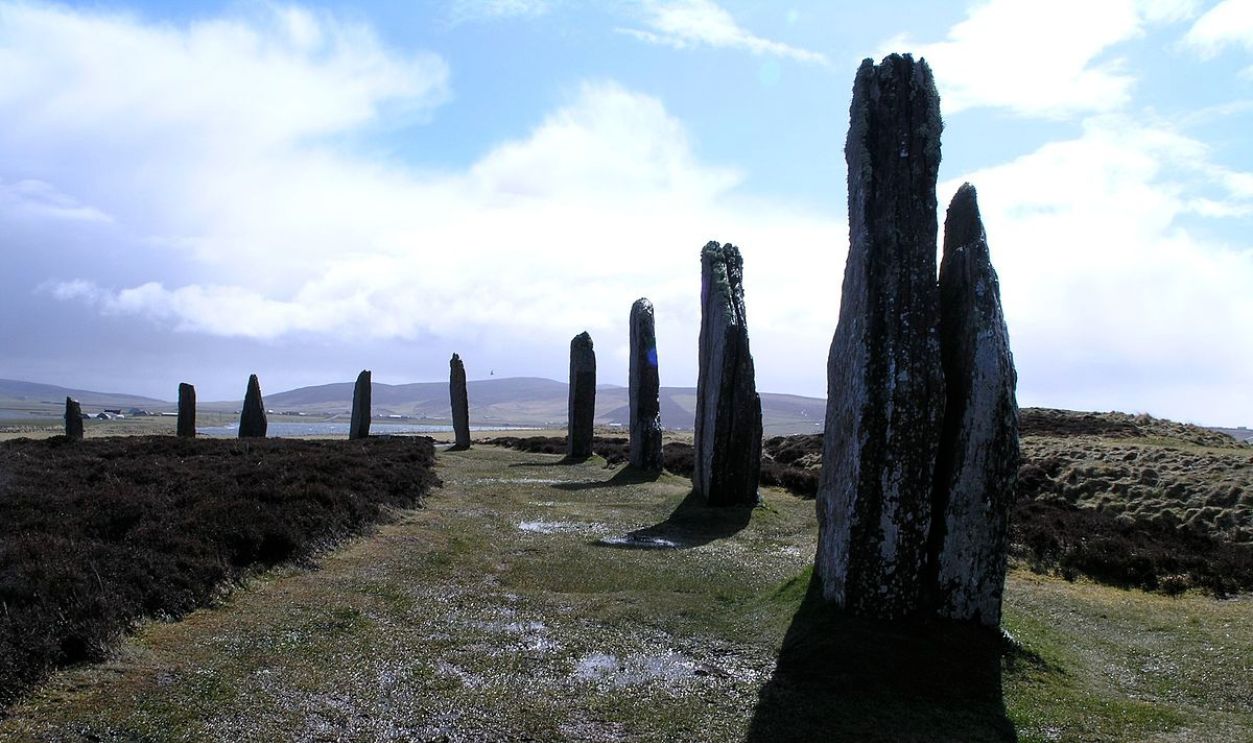 Unknown Author, Wikimedia Commons
Unknown Author, Wikimedia Commons
Scientific Breakthroughs In Archaeology
Techniques like optically stimulated luminescence have revolutionized the field by allowing archaeologists to accurately date ancient sites. These methods, among others, provide a window into the past that goes beyond traditional excavation.
Geologist Tim Kinnaird's Contributions
Tim Kinnaird, a geologist at the University of St. Andrews, played an instrumental role in uncovering the true age of King Arthur's Hall. His expertise in optically stimulated luminescence, or OSL, was pivotal in dating the monument.
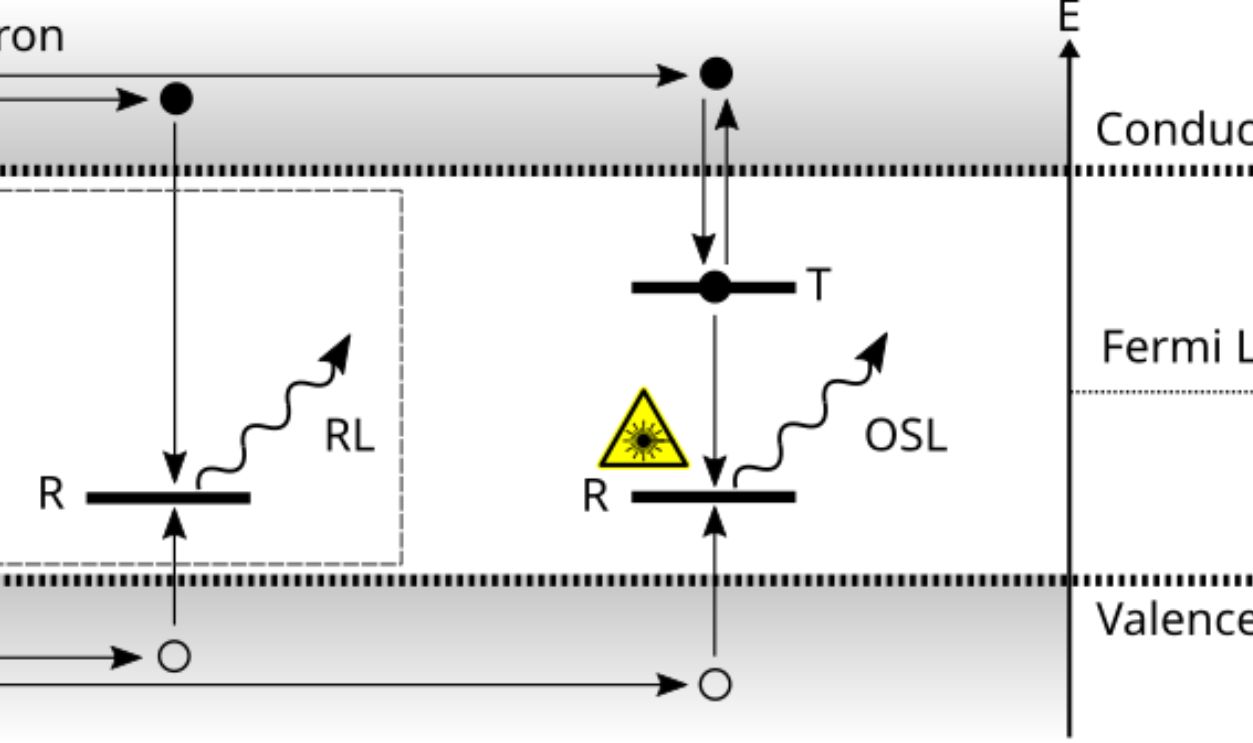 Michael Weinold, CC BY-SA 4.0Wikimedia Commons
Michael Weinold, CC BY-SA 4.0Wikimedia Commons
In Multiple Sites
Kinnaird's research has significantly advanced the use of OSL in archaeology by providing a reliable method for dating ancient sites that lack organic material suitable for radiocarbon dating. By applying his geological knowledge to archaeological problems, Kinnaird has helped bridge the gap between these two disciplines.
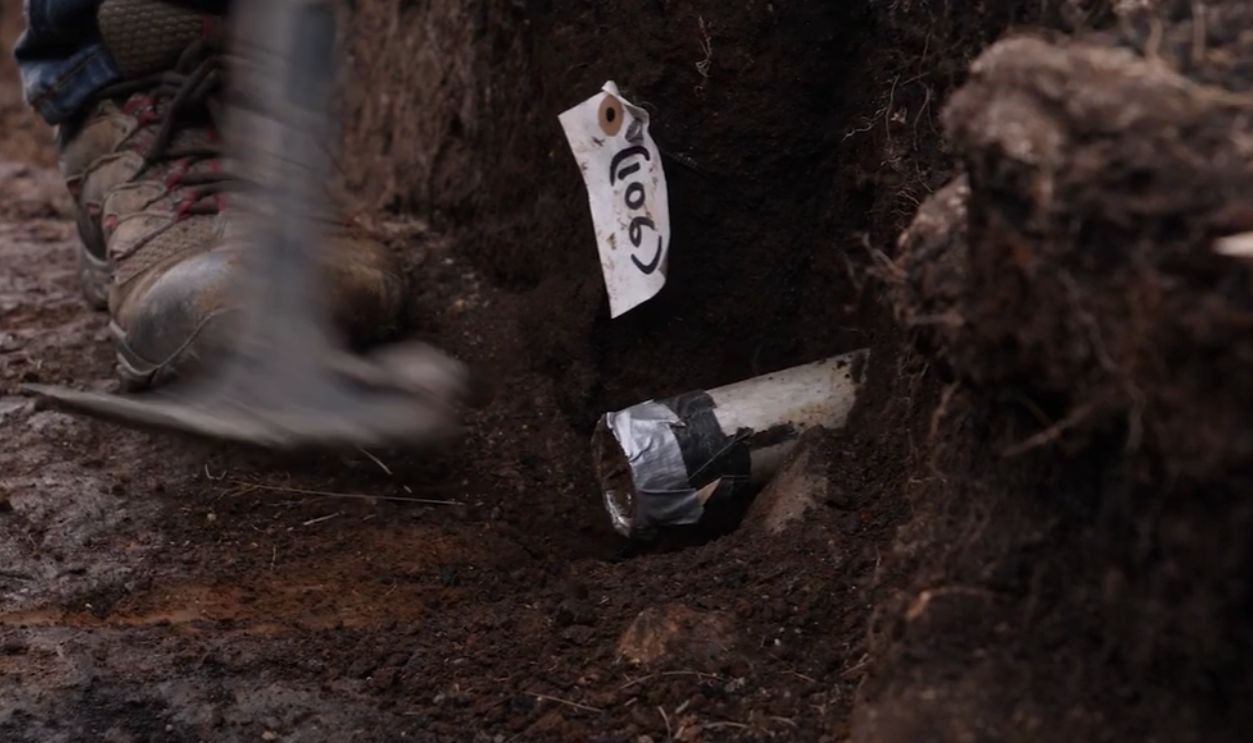 Why is the excavation at King Arthur's Hall important? by Cornwall National Landscape
Why is the excavation at King Arthur's Hall important? by Cornwall National Landscape
Cornwall National Landscape's Role
The Cornwall National Landscape is an organization dedicated to protecting the heritage of Cornwall. It has played a significant role in the investigation of King Arthur's Hall. Recognizing the site's potential historical significance, they commissioned a thorough investigation to uncover its true origins.
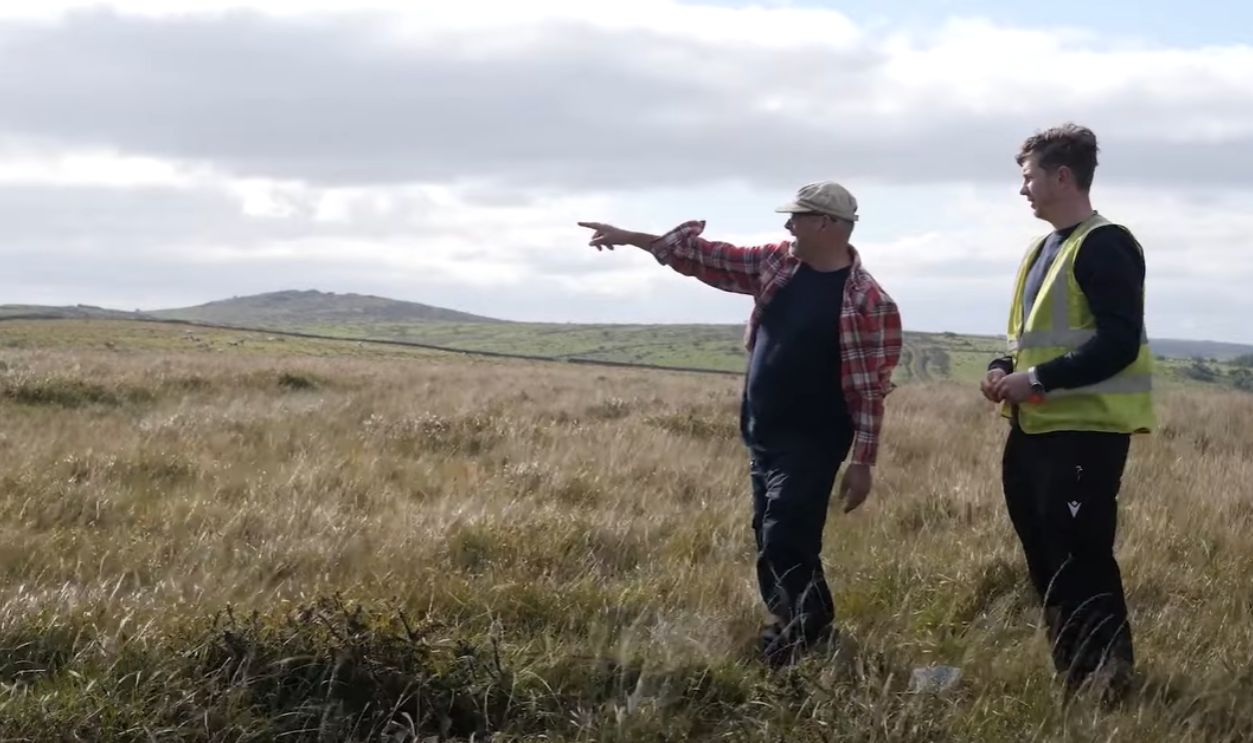 Current theories about the origin of King Arthur's Hall by Cornwall National Landscape
Current theories about the origin of King Arthur's Hall by Cornwall National Landscape
In Collaborative Effort
By partnering with the Cornwall Archaeological Unit and involving specialists from various universities, Cornwall National Landscape facilitated a comprehensive study that ultimately revealed the Neolithic age of King Arthur's Hall. Their efforts highlight the importance of local organizations in preserving and uncovering the diverse heritage of regions like Cornwall.
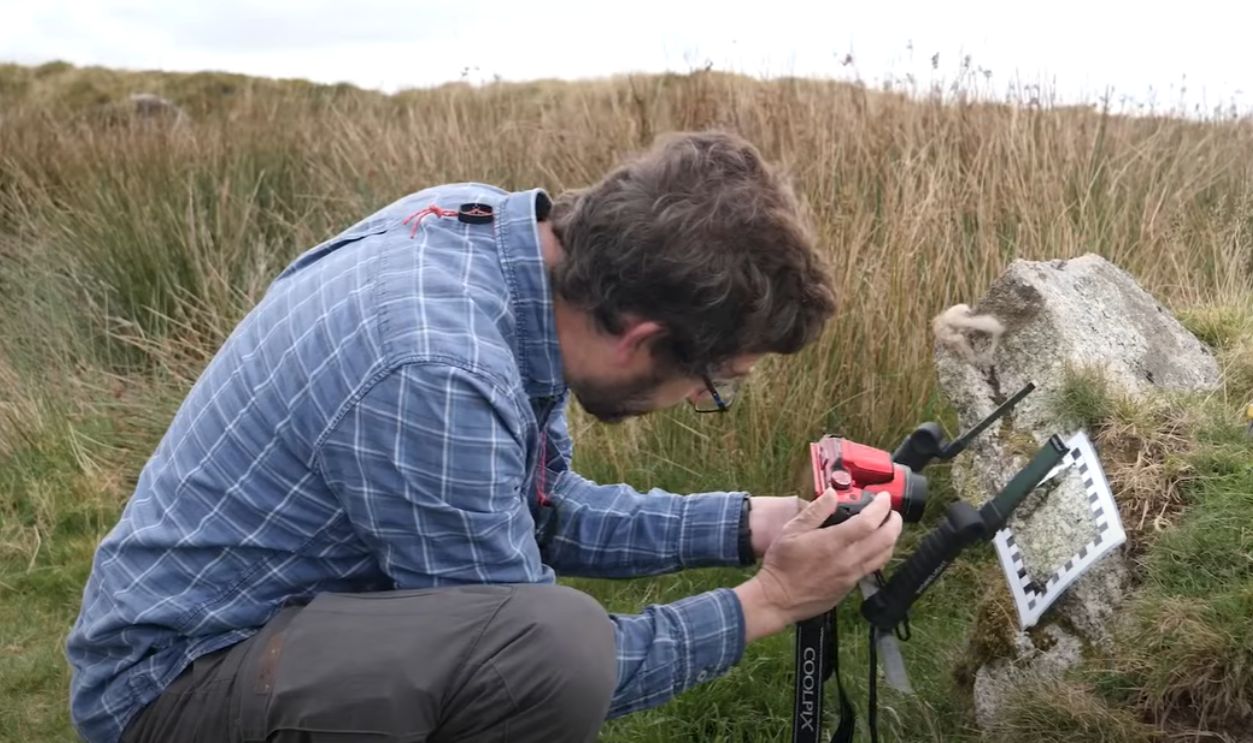 What is King Arthur's Hall? by Cornwall National Landscape
What is King Arthur's Hall? by Cornwall National Landscape
Legend VS Reality
But why is this site important? The importance of the hall is related to the legend of King Arthur himself—a figure of British folklore known for his noble knights and the legendary Round Table. For centuries, this association has captured imaginations and draped the site in a cloak of myth.
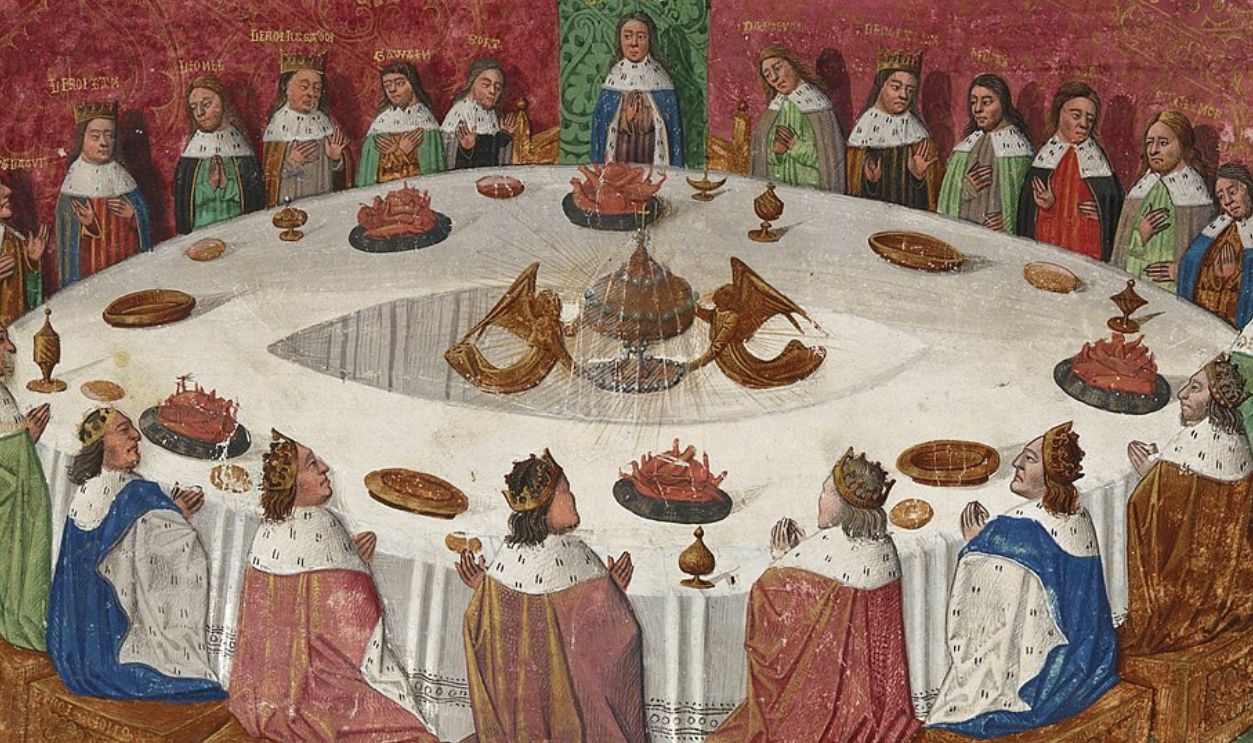 Evrard d'Espinques, Wikimedia Commons
Evrard d'Espinques, Wikimedia Commons
And How It's Shifting Our Perspective
While the site may not have a direct connection to King Arthur, its significant age suggests it was important to Neolithic societies long before medieval legends. This newfound reality doesn't diminish the site's mystique. As a matter of fact, it enriches our understanding by blending history and legend.
 What is King Arthur's Hall? by Cornwall National Landscape
What is King Arthur's Hall? by Cornwall National Landscape
The Importance Of Context
Context is key when analyzing historical sites like King Arthur's Hall. Without a thorough understanding of the broader cultural, environmental, societal, and chronological factors, it's easy to misinterpret or overlook significant details. The true context was only revealed through detailed archaeological investigation and advanced dating techniques.
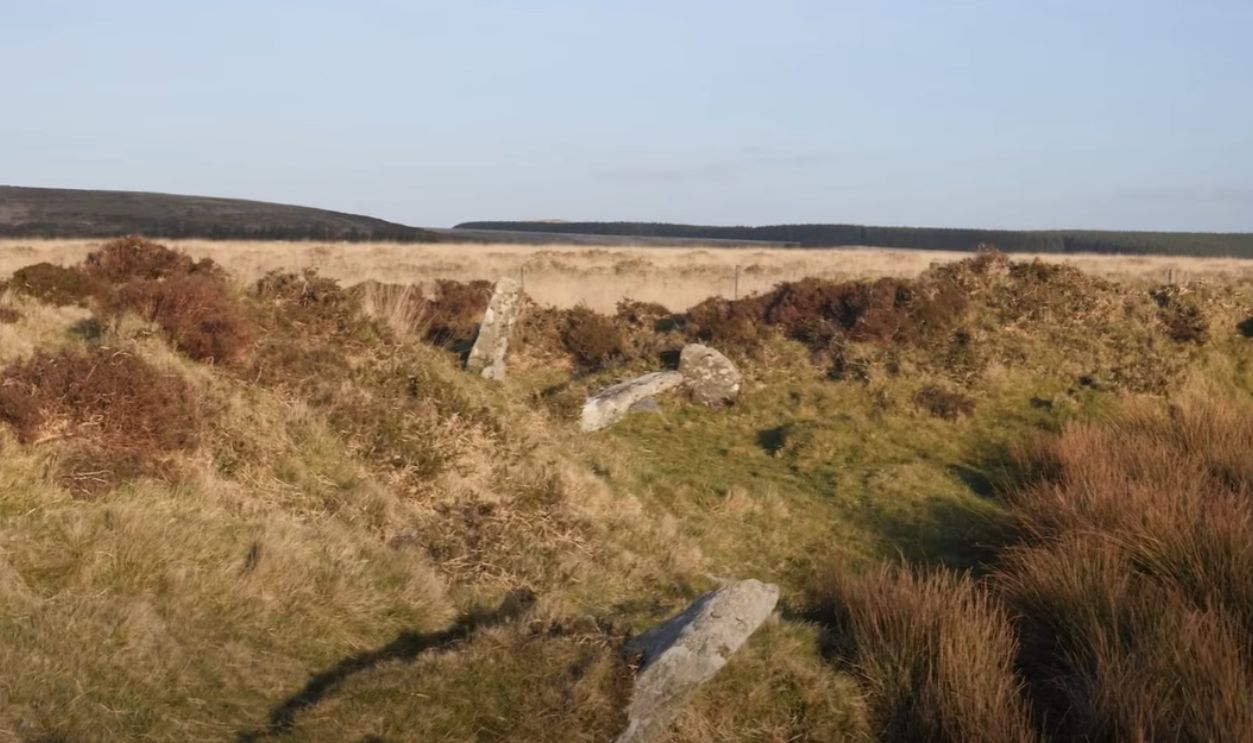 Current theories about the origin of King Arthur's Hall by Cornwall National Landscape
Current theories about the origin of King Arthur's Hall by Cornwall National Landscape
And What It Represents
Placing King Arthur's Hall in its proper context involves examining other Neolithic structures. It focuses on understanding the daily lives of the people who built it and considering its possible ceremonial or communal purposes. Questions about these ancient societies will create room for more research.
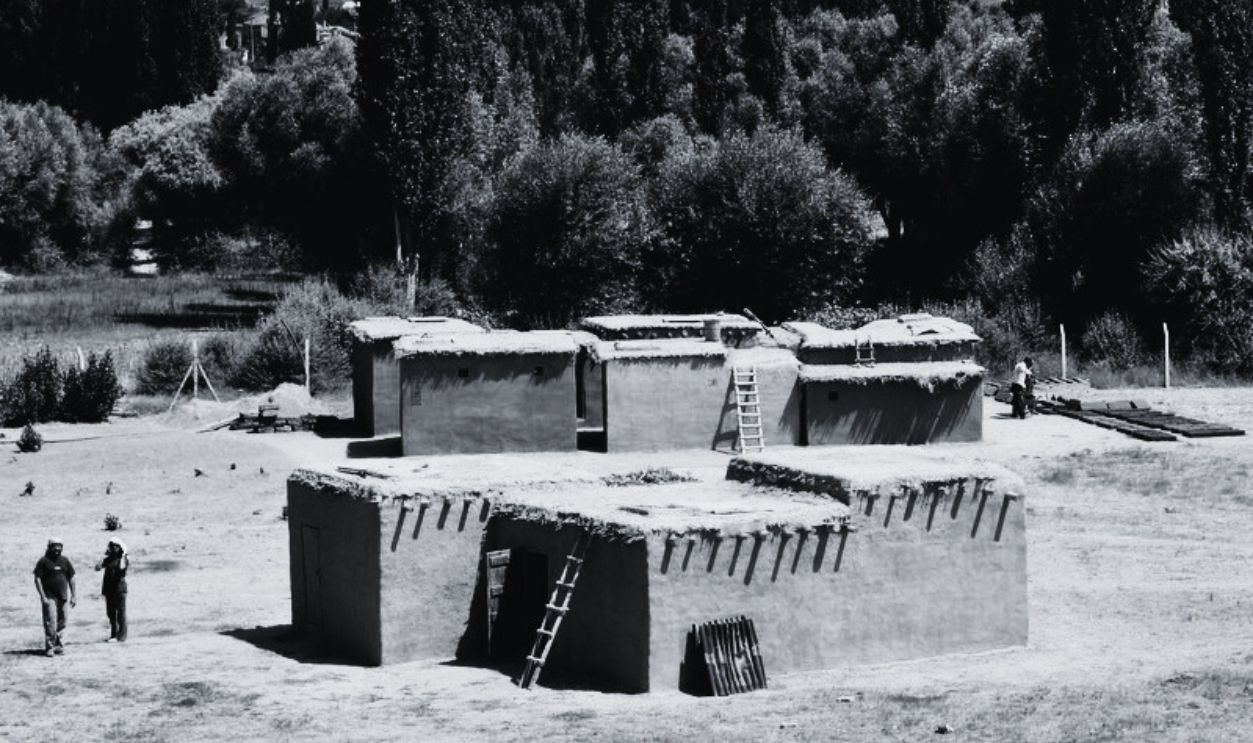 Sarah Murray, CC BY-SA 2.0, Wikimedia Commons
Sarah Murray, CC BY-SA 2.0, Wikimedia Commons
Neolithic Life In 3000 BCE Britain
During the Neolithic period around 3000 BCE, life in Britain was undergoing significant changes. Communities began to settle and establish farming as their primary means of subsistence by moving away from the hunter-gatherer lifestyles of previous eras.
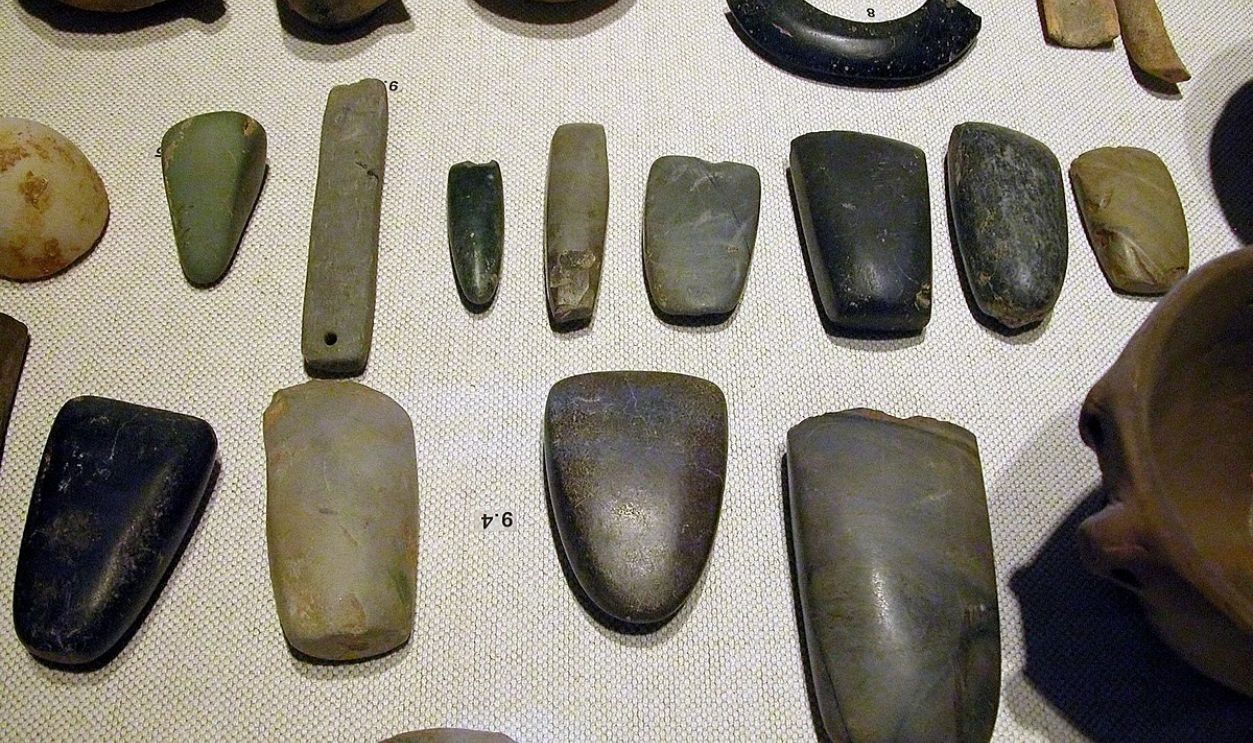 Unknown Author, Wikimedia Commons
Unknown Author, Wikimedia Commons
How People Changed
This meant that people weren't moving from one location to another. As a result, the period saw the development of permanent settlements, advancements in agricultural techniques, and the construction of monumental structures like King Arthur's Hall, where people could gather and discuss issues related to their communities.
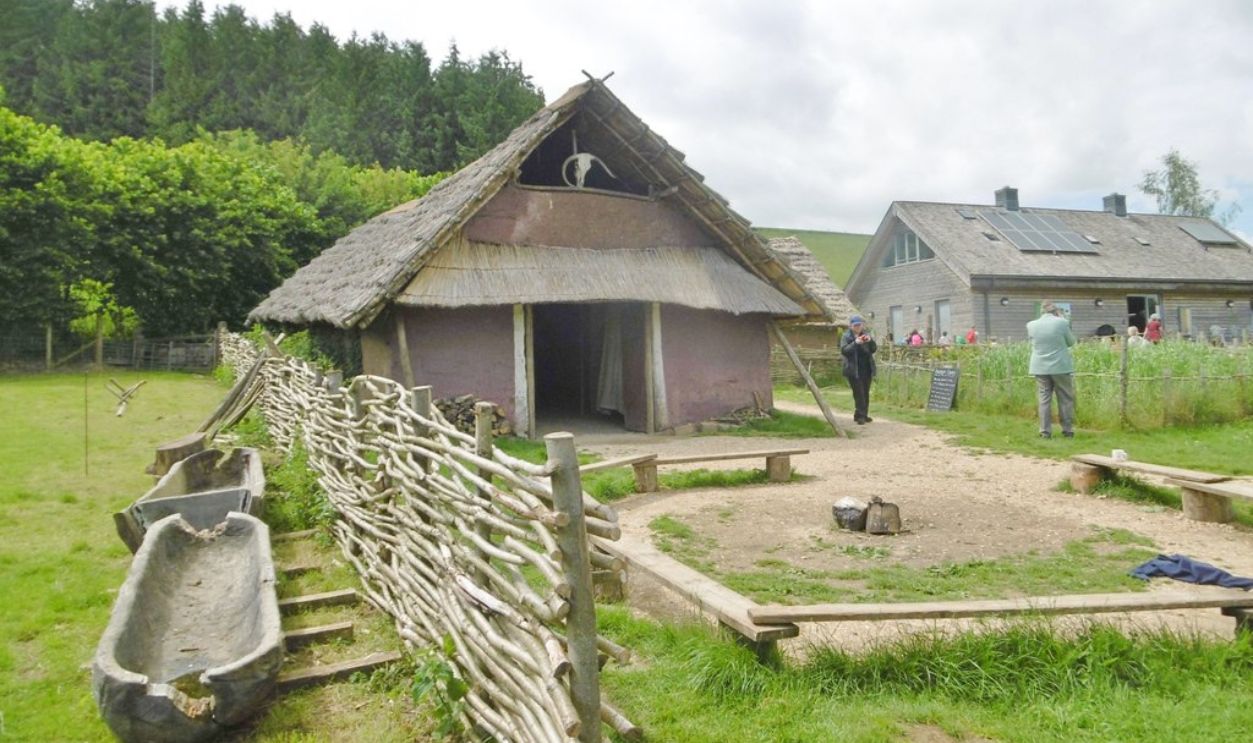 Mike Faherty / Clanfield, Neolithic longhouse, CC BY-SA 2.0, Wikimedia Commons
Mike Faherty / Clanfield, Neolithic longhouse, CC BY-SA 2.0, Wikimedia Commons
To Establish The Earliest Civilizations
Neolithic people in Britain cultivated crops such as barley and wheat, and they domesticated animals. The construction of monumental sites like King Arthur's Hall, Stonehenge, and Avebury reflects a shift towards structured societies with shared cultural and spiritual practices.
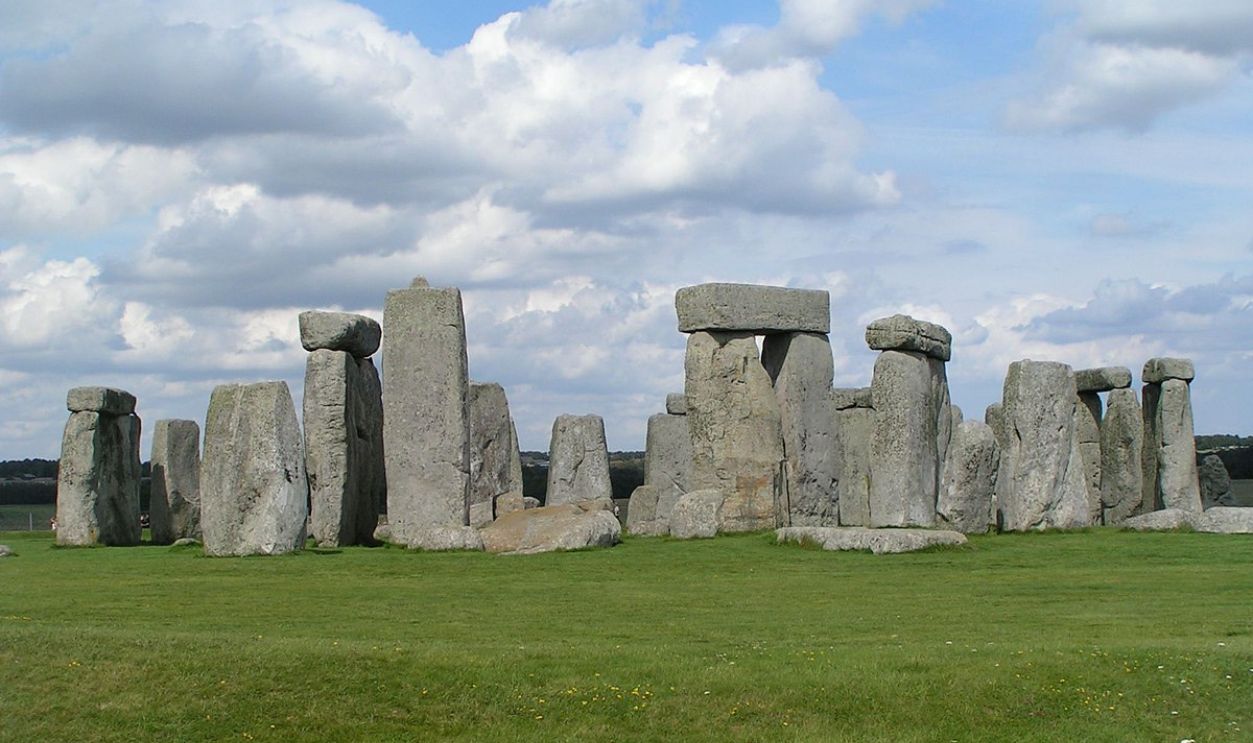 Stefan Kühn, CC BY-SA 3.0, Wikimedia Commons
Stefan Kühn, CC BY-SA 3.0, Wikimedia Commons
And Their Customs
These structures were often used for rituals, ceremonies, and community gatherings. Some archaeologists believe they played a central role in the social and religious life of Neolithic communities as people began to establish the earliest forms of faith.
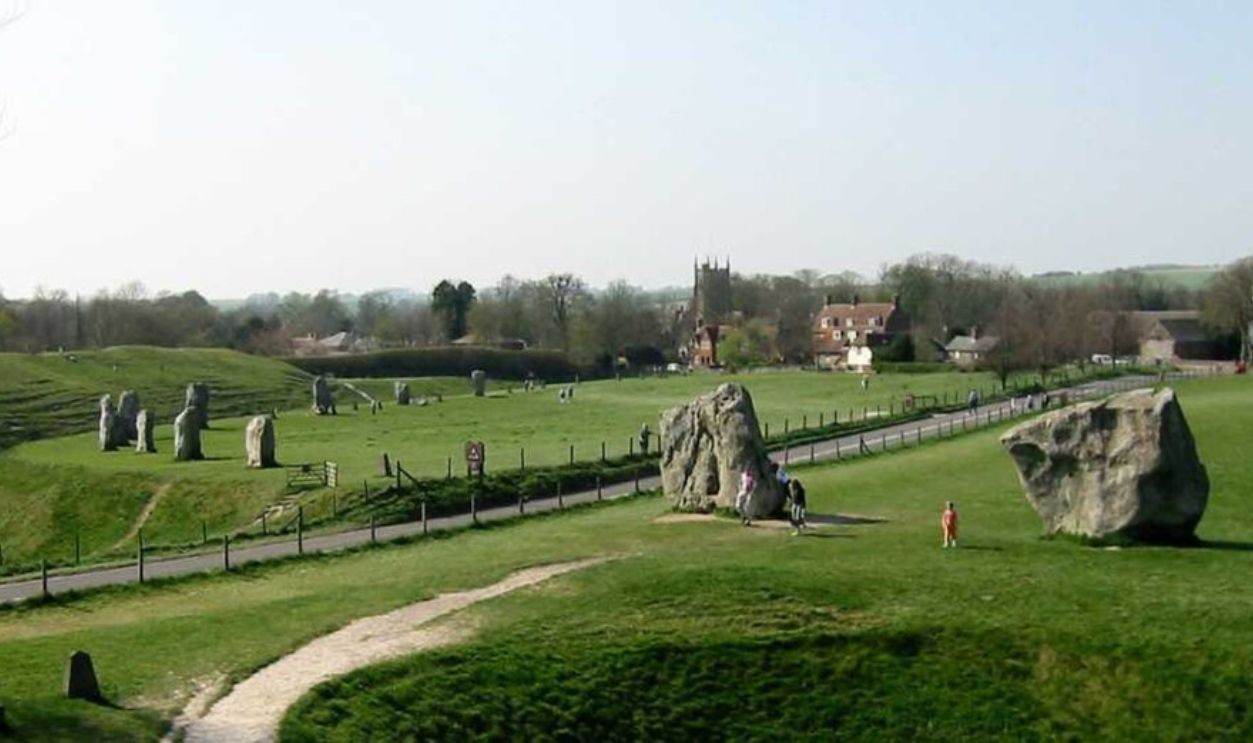 Rxfelix, CC BY 3.0, Wikimedia Commons
Rxfelix, CC BY 3.0, Wikimedia Commons
Famous British Neolithic Monuments
Britain's Neolithic period left an enduring legacy of monumental architecture. Stonehenge is a ring of stones, each weighing approximately 25 tons. The site is aligned with the movements of the sun, which indicates its significance in rituals and astronomical observations.
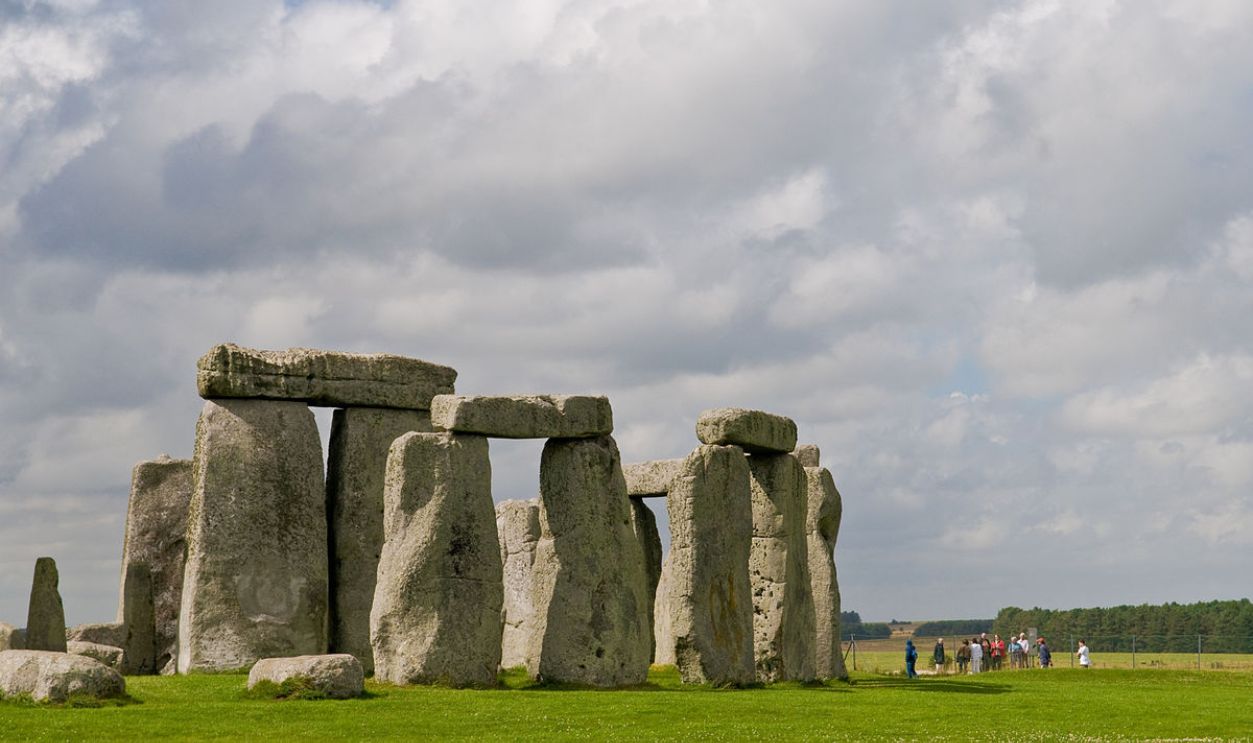 Michal Osmenda, CC BY-SA 2.0, Wikimedia Commons
Michal Osmenda, CC BY-SA 2.0, Wikimedia Commons
In Multiple Locations
Avebury in Wiltshire features the largest stone circle in Europe, which suggests it was a considerable ritual center. It is part of a larger complex that includes West Kennet Avenue and Silbury Hill. In Ireland, the Newgrange passage tomb in County Meath is even older than Stonehenge.
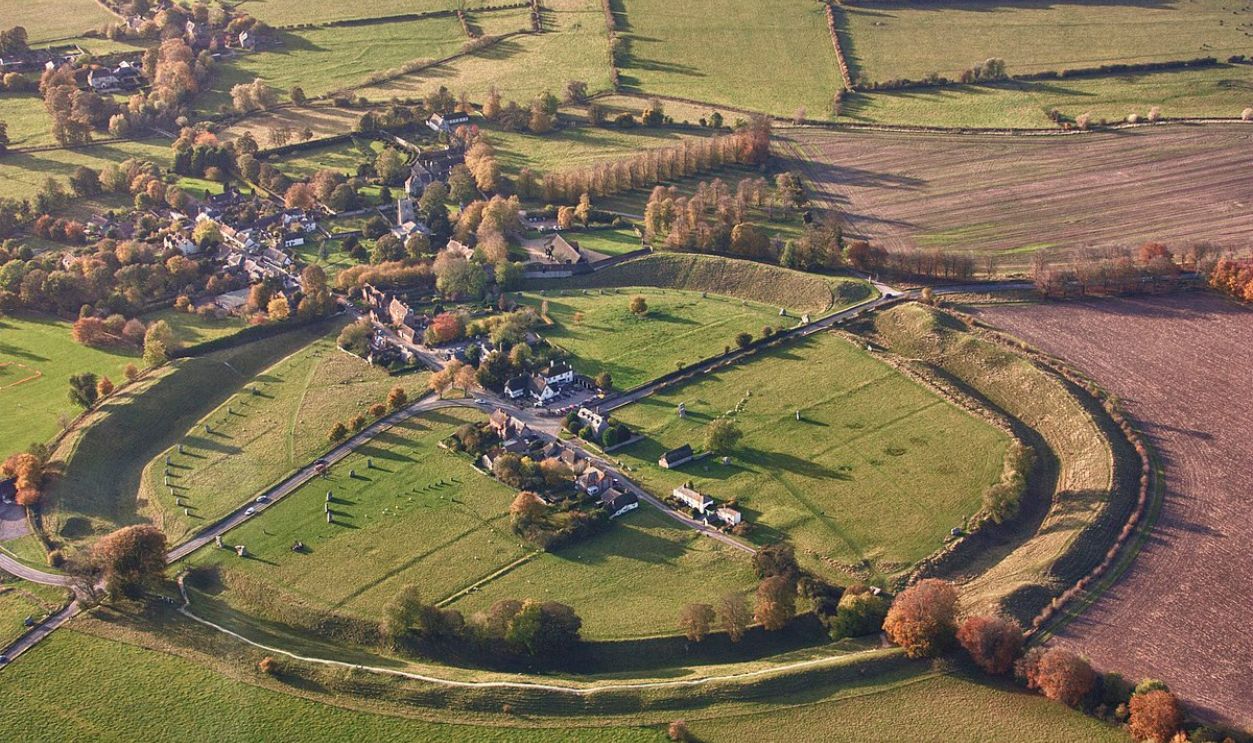 MikPeach, CC BY-SA 4.0, Wikimedia Commons
MikPeach, CC BY-SA 4.0, Wikimedia Commons
Separating Fact From Fiction
Although King Arthur is a central figure in British folklore, historical evidence for Arthur's existence is sparse. Most historians agree that Arthur's legend is a composite of various historical and mythical figures. The association of King Arthur's Hall with Arthurian legend likely arose during the Middle Ages.
 Unknown Author, Wikimedia Commons
Unknown Author, Wikimedia Commons
Medieval Attributions And Their Origins
During the Middle Ages, many ancient sites lacking clear historical records were attributed to legendary figures like King Arthur. This was a common practice due to the medieval fascination with myth and heroism. Sites such as King Arthur's Hall fit perfectly into the narrative of medieval folklore.
 N. C. Wyeth, Wikimedia Commons
N. C. Wyeth, Wikimedia Commons
Common Beliefs
Local populations sought to make sense of the enigmatic site through the lens of the legendary Arthur. By attributing these monuments to a figure associated with power and heroism, people connected their own history to a broader and more legendary past.
 Tintagel the Home of King Arthur [4K England] by William's Wild Wanderings
Tintagel the Home of King Arthur [4K England] by William's Wild Wanderings
The Cultural Significance Of Bodmin Moor
Bodmin Moor is a treasure trove of cultural and historical significance. This expanse of moorland is dotted with prehistoric monuments that tell us about ancient life in the region. The striking natural beauty of Bodmin Moor adds to the mystical aura that surrounds it.
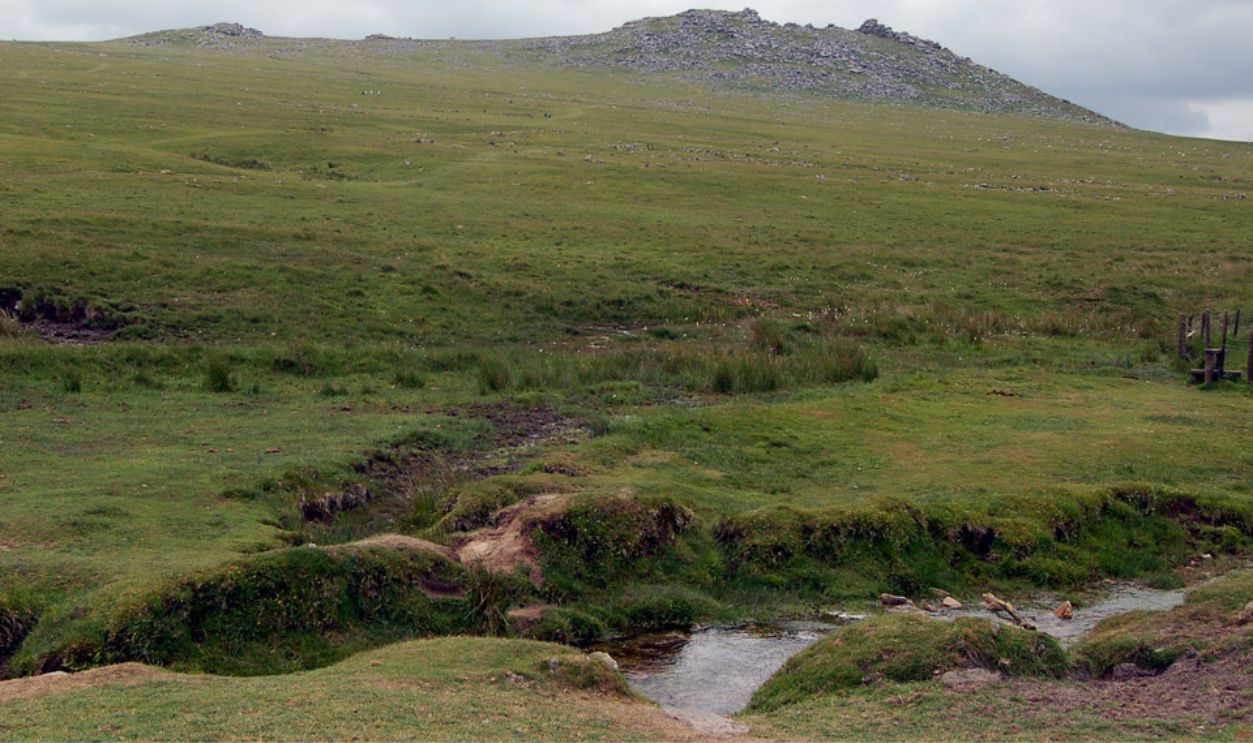 Andy F, CC BY 3.0, Wikimedia Commons
Andy F, CC BY 3.0, Wikimedia Commons
Reinterpreting Ancient Monuments
Reinterpreting ancient monuments like King Arthur's Hall is a fascinating and ongoing process. As new evidence emerges, our understanding of these sites continually evolves. The recent reevaluation of King Arthur's Hall exemplifies how reinterpretations can reshape historical narratives.
Community Gathering Spots
Gathering spots like King Arthur's Hall were often strategically placed to communicate with other significant sites. This interconnectedness suggests that the Neolithic people placed great importance on community cohesion, spirituality, and the observance of shared rituals. Similar to modern communal spaces, these sites were heartbeats of cultural and social life.
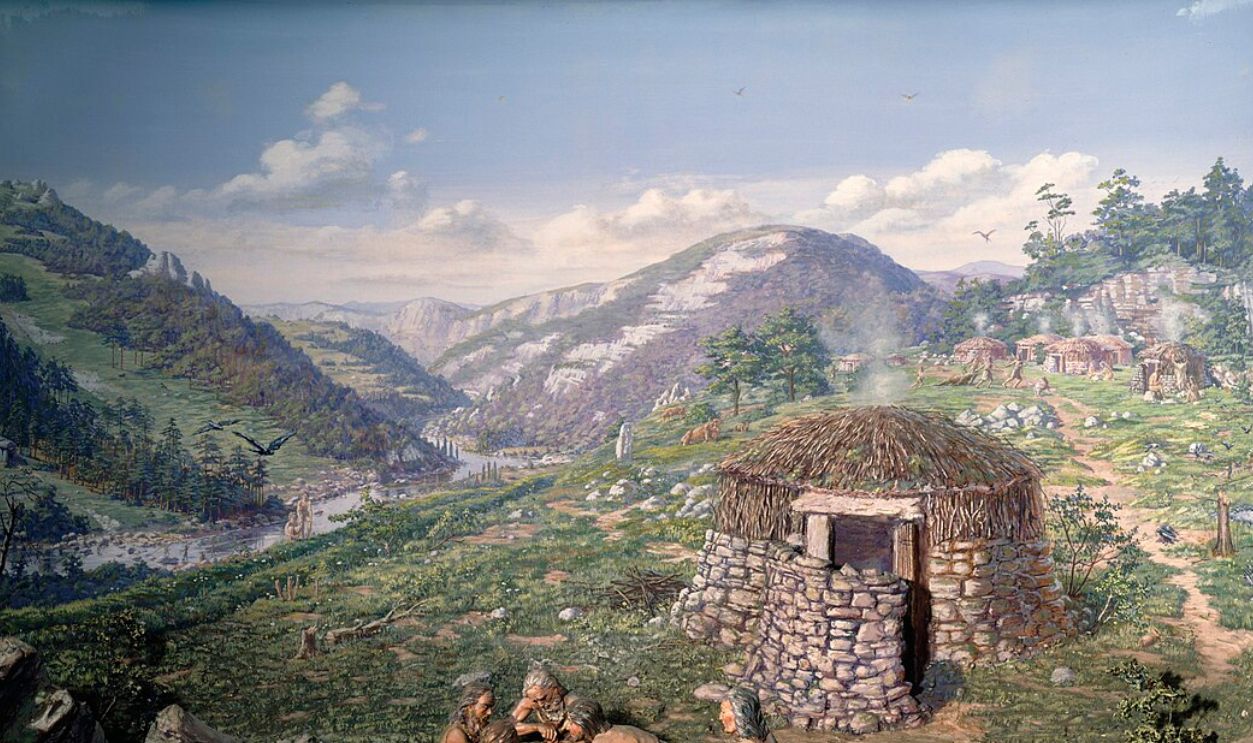 Unknown Author, CC BY 4.0, Wikimedia Commons
Unknown Author, CC BY 4.0, Wikimedia Commons
Archaeological Mysteries of Southwest England
Southwest England, particularly Cornwall and Devon, is rich with archaeological mysteries that captivate both scholars and enthusiasts. In addition to well-known sites like King Arthur's Hall and Tintagel Castle, the region is home to numerous ancient stone circles and standing stones from the Neolithic and Bronze Ages.
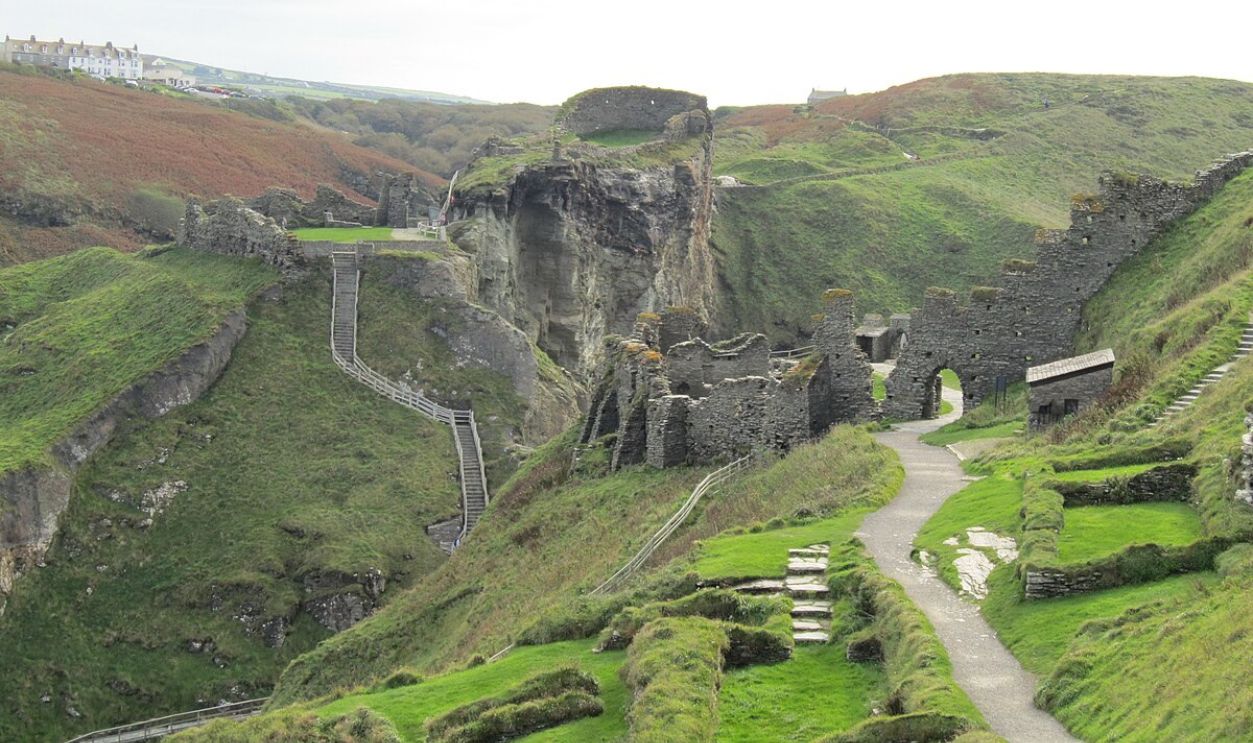 Robert Linsdell, CC BY 2.0, Wikimedia Commons
Robert Linsdell, CC BY 2.0, Wikimedia Commons
Future Research Directions
As the story of King Arthur's Hall continues to unfold, future research promises to reveal even more about its origins and significance. Archaeologists plan to conduct further excavations to explore additional areas of the site to uncover hidden features and refine dating methods.

